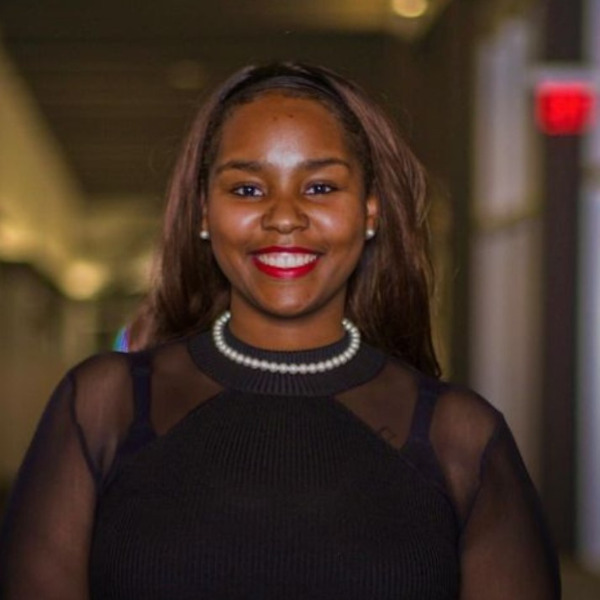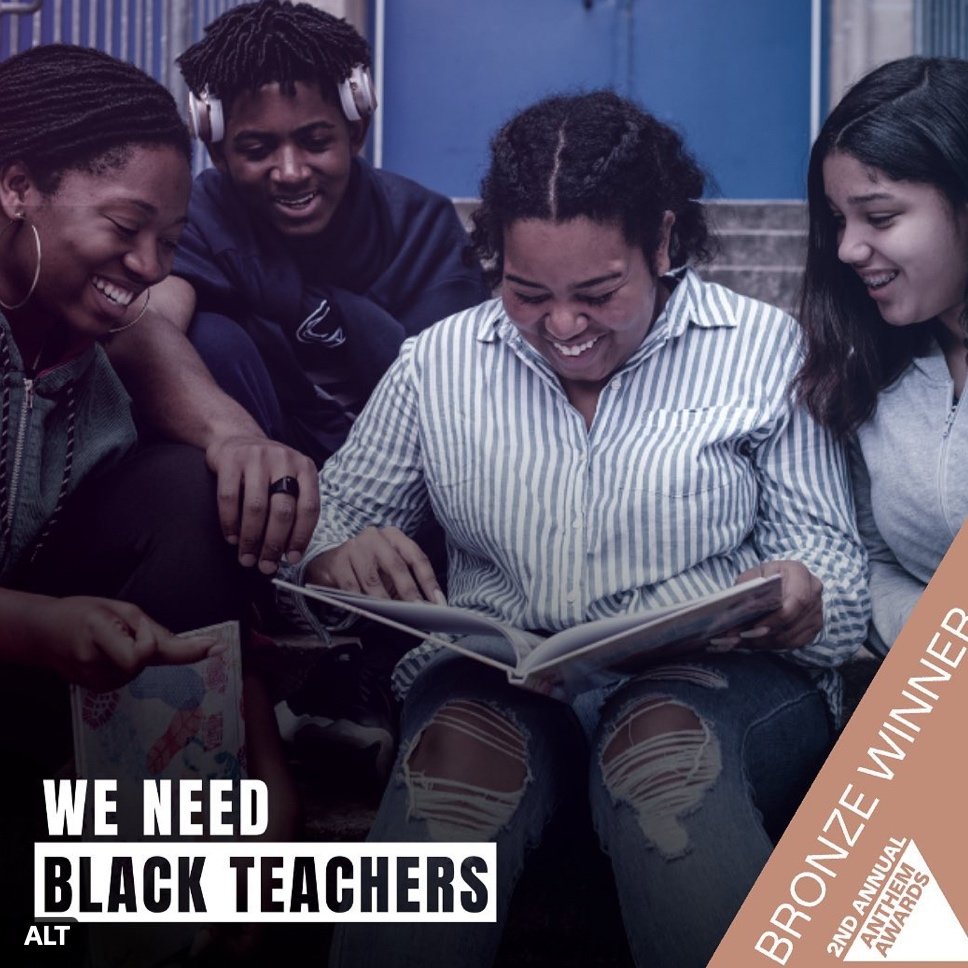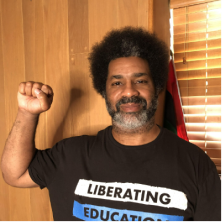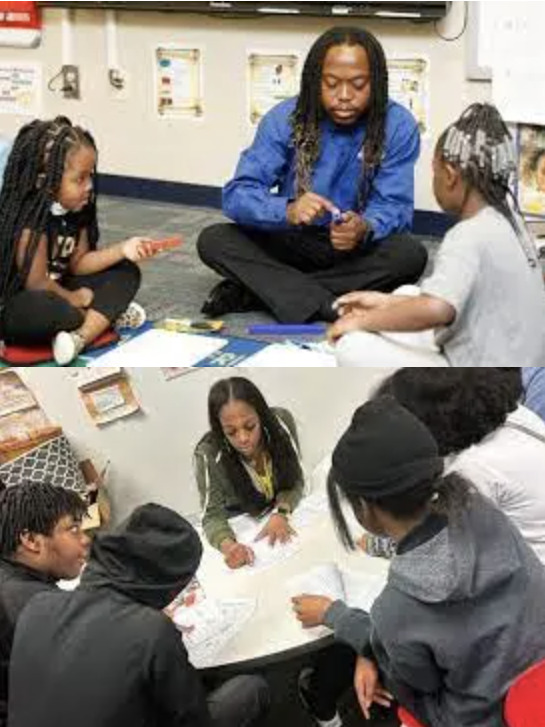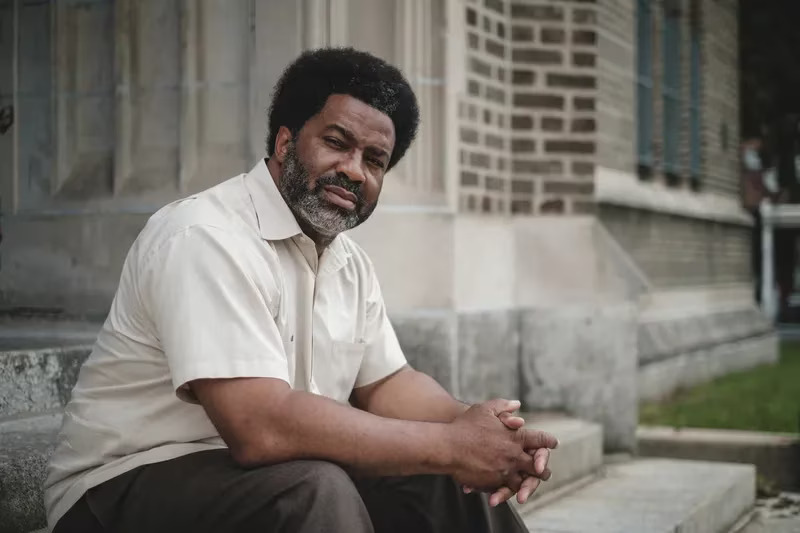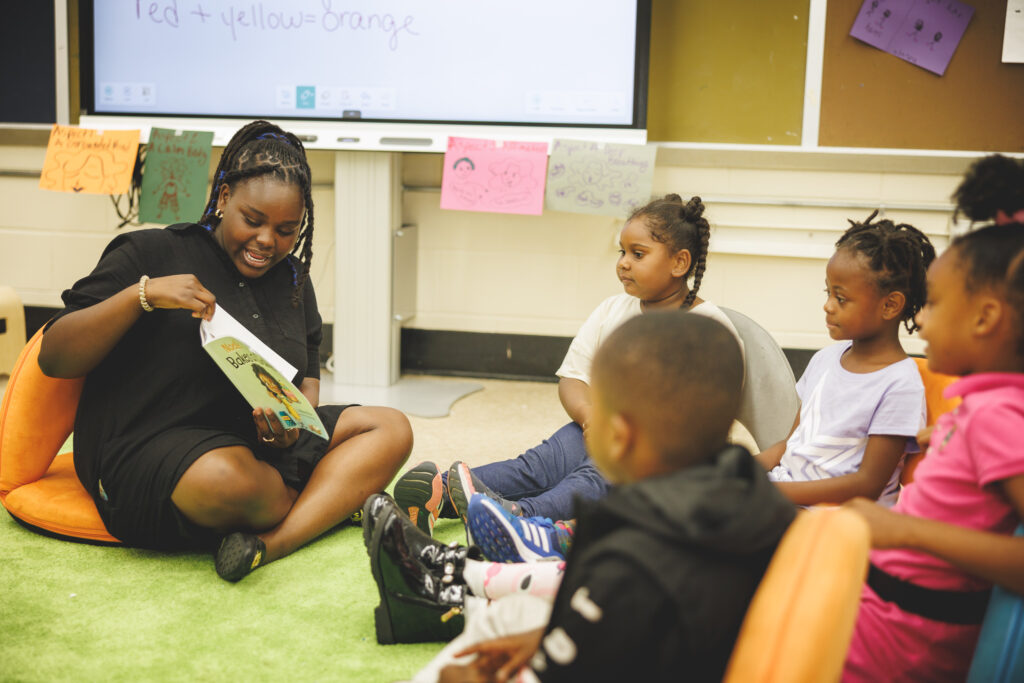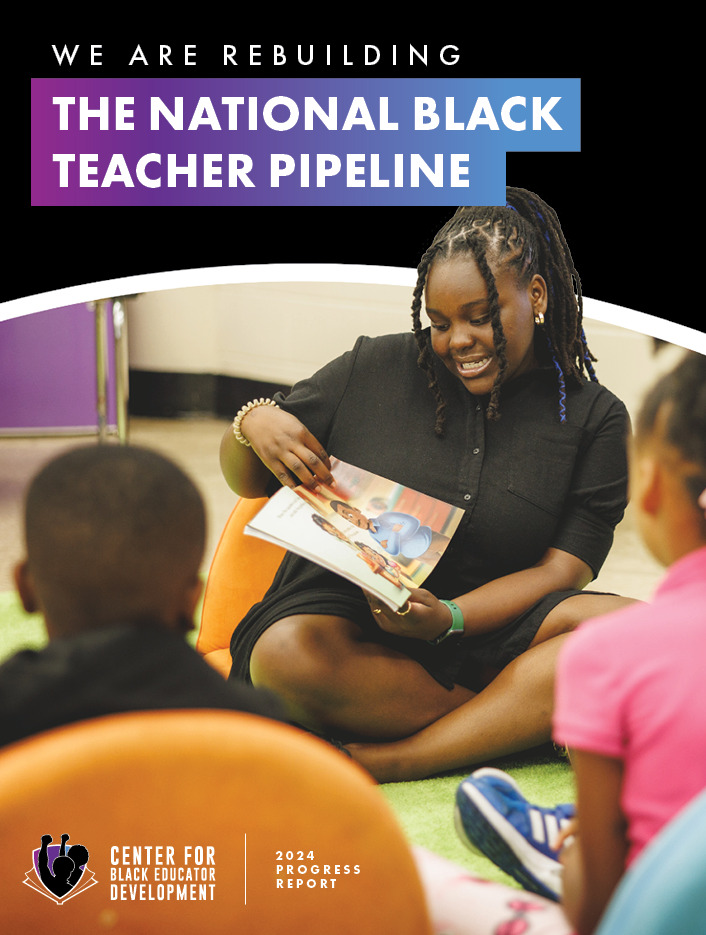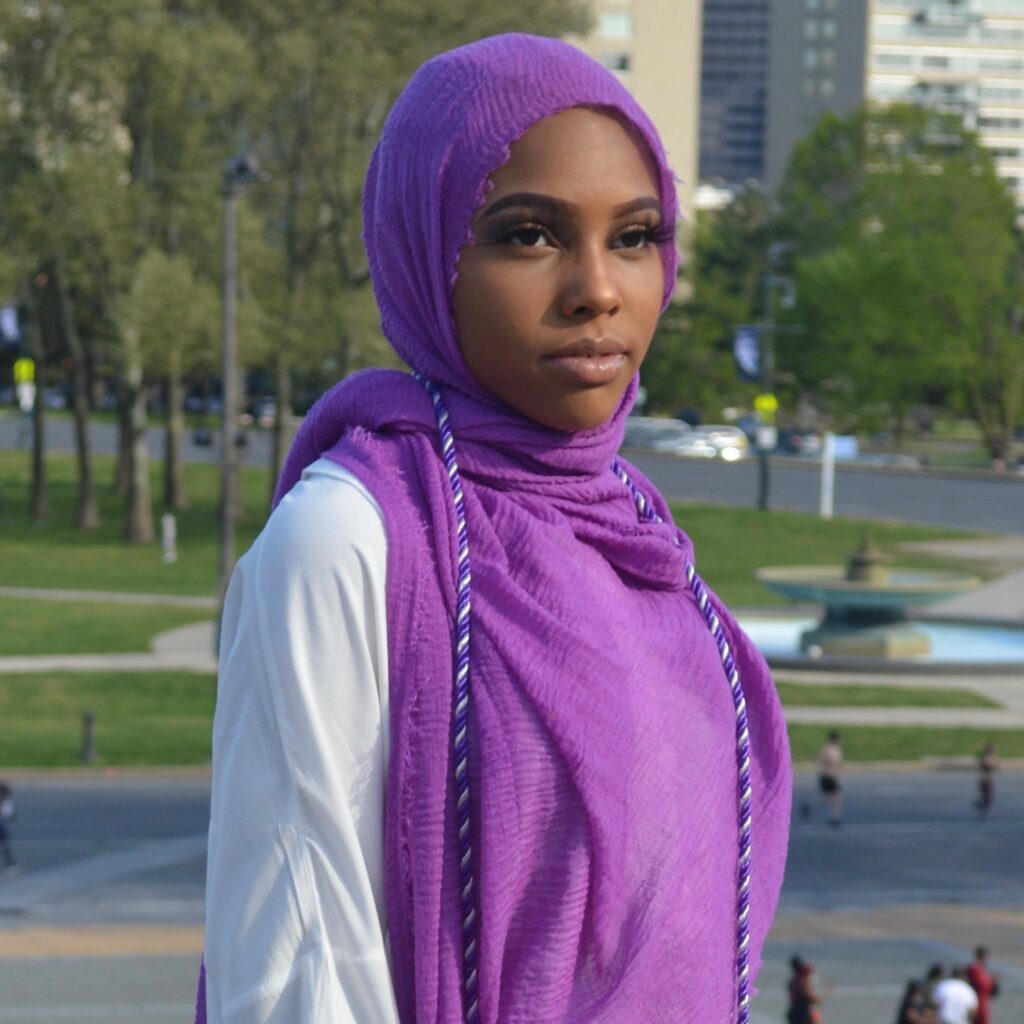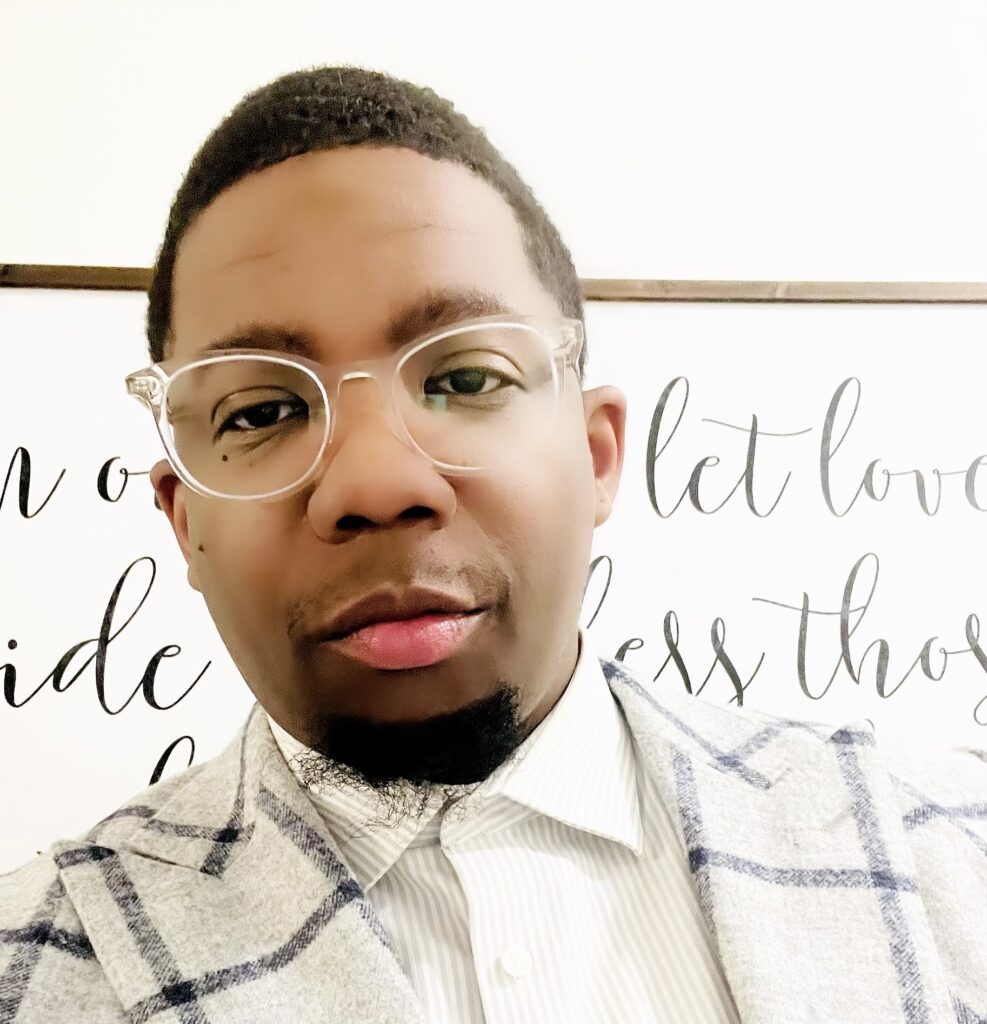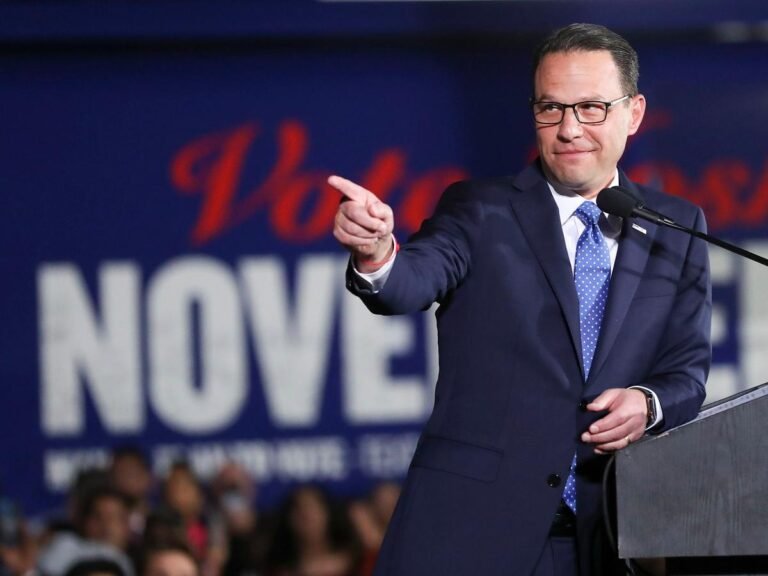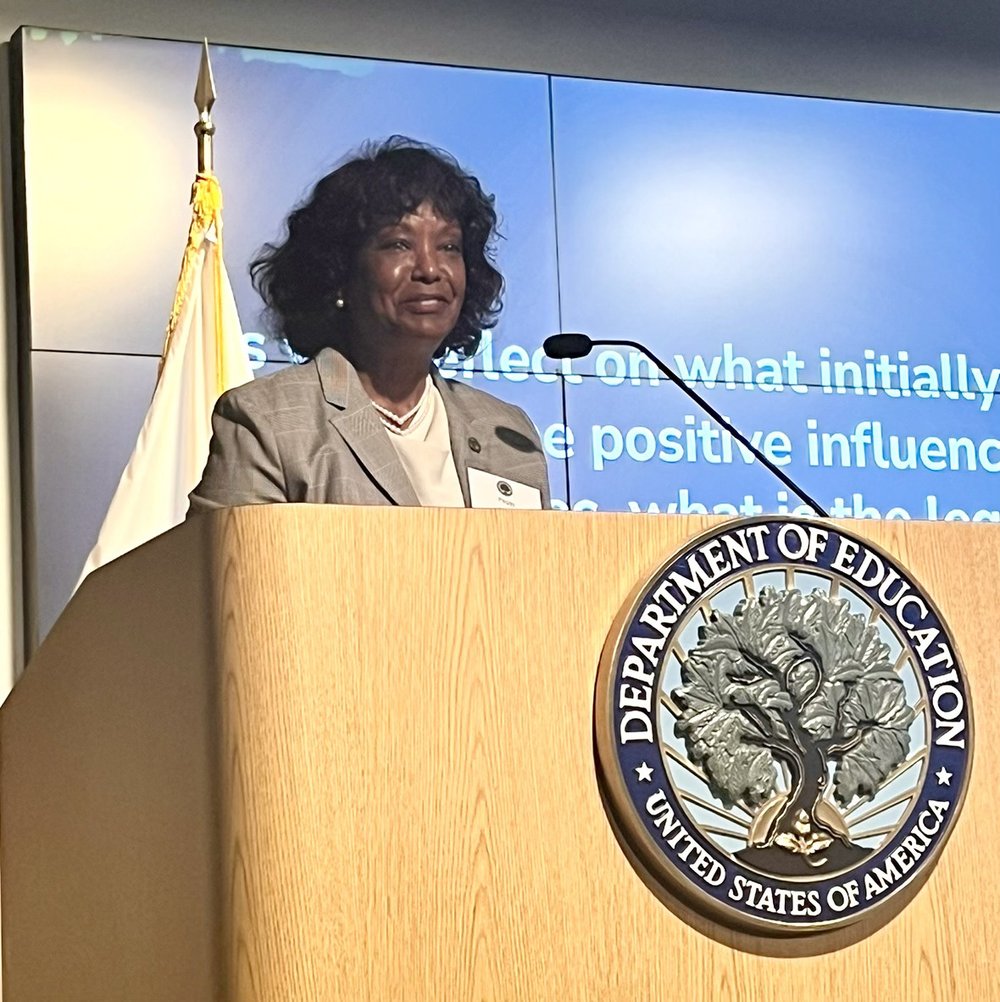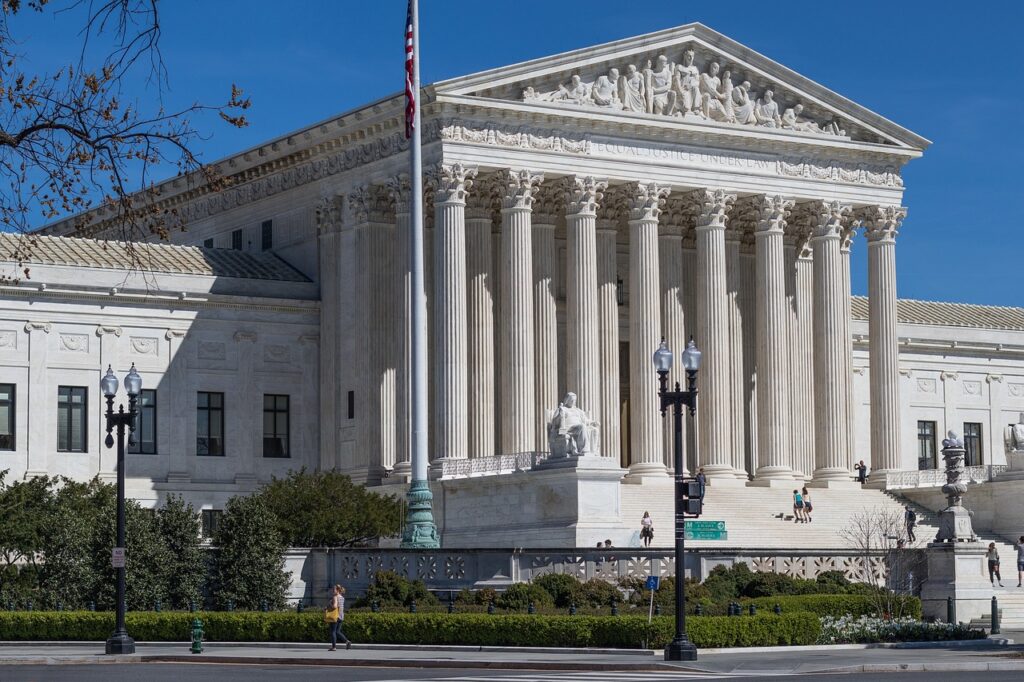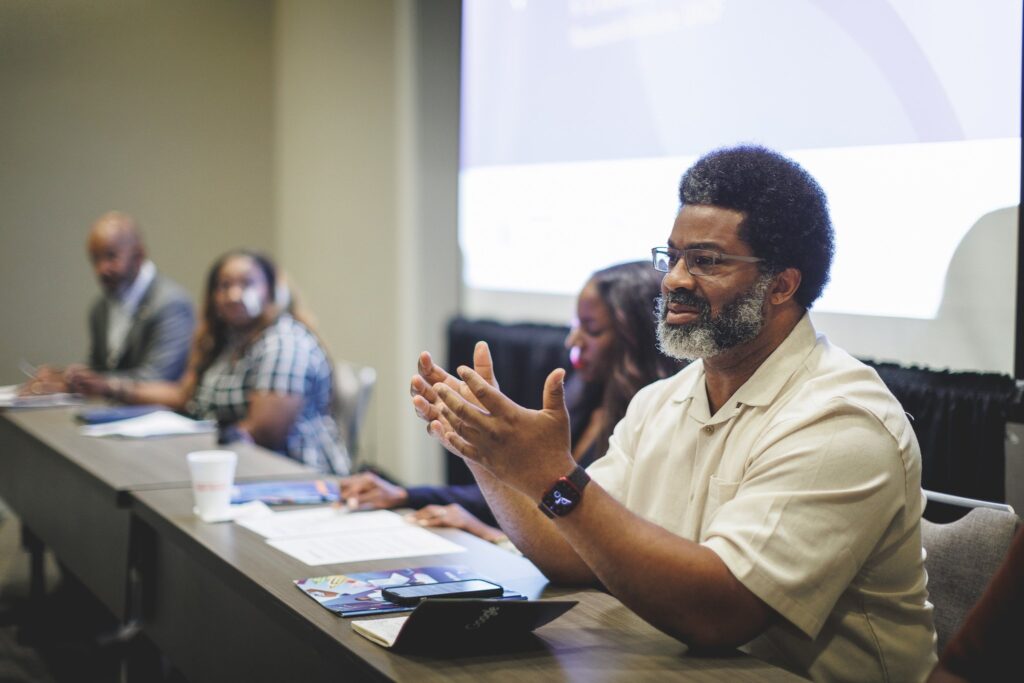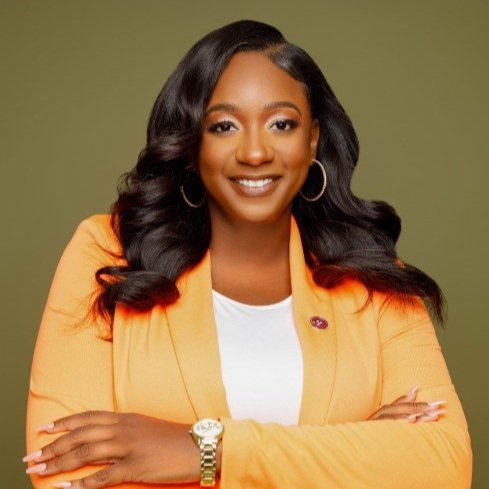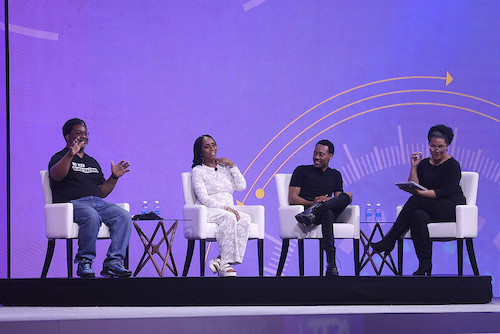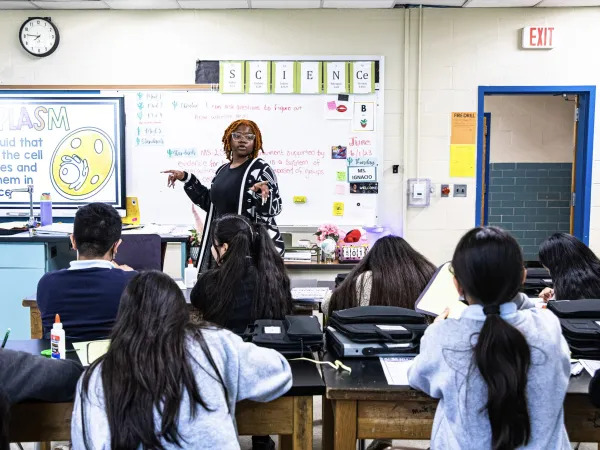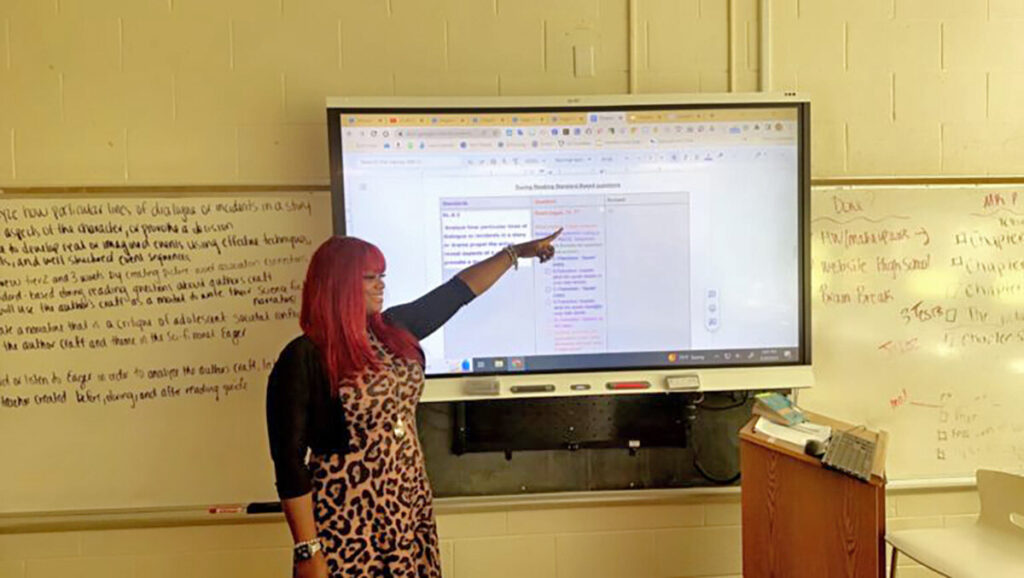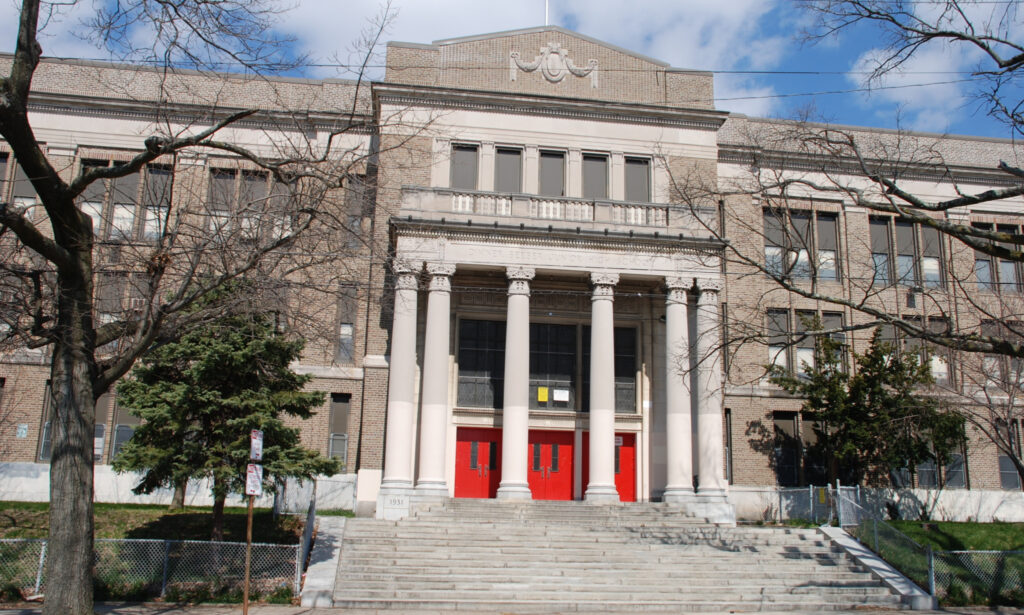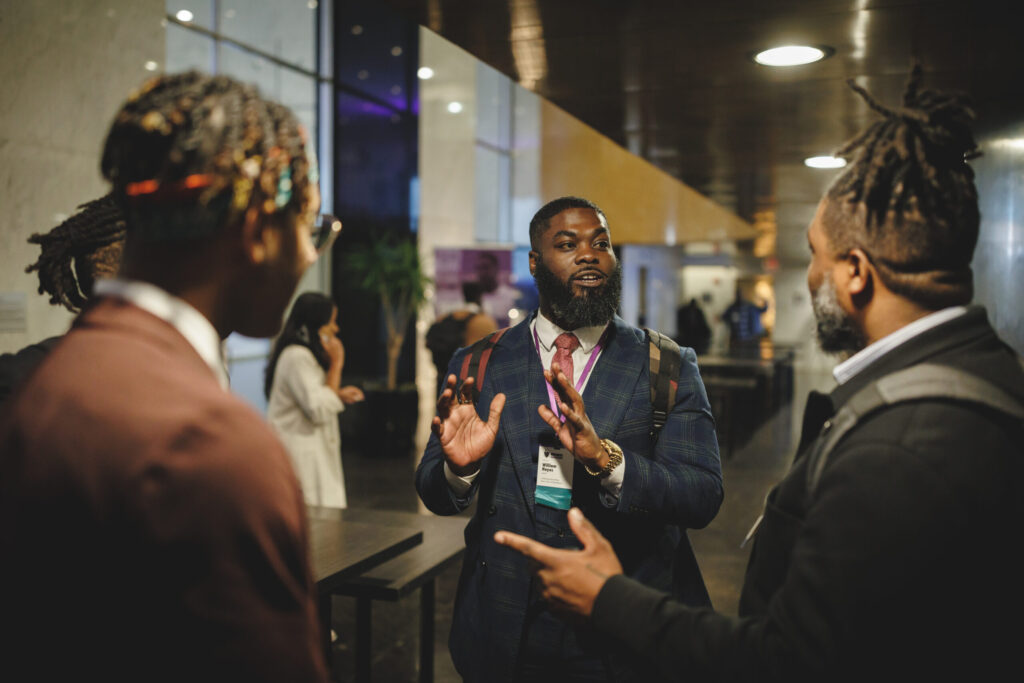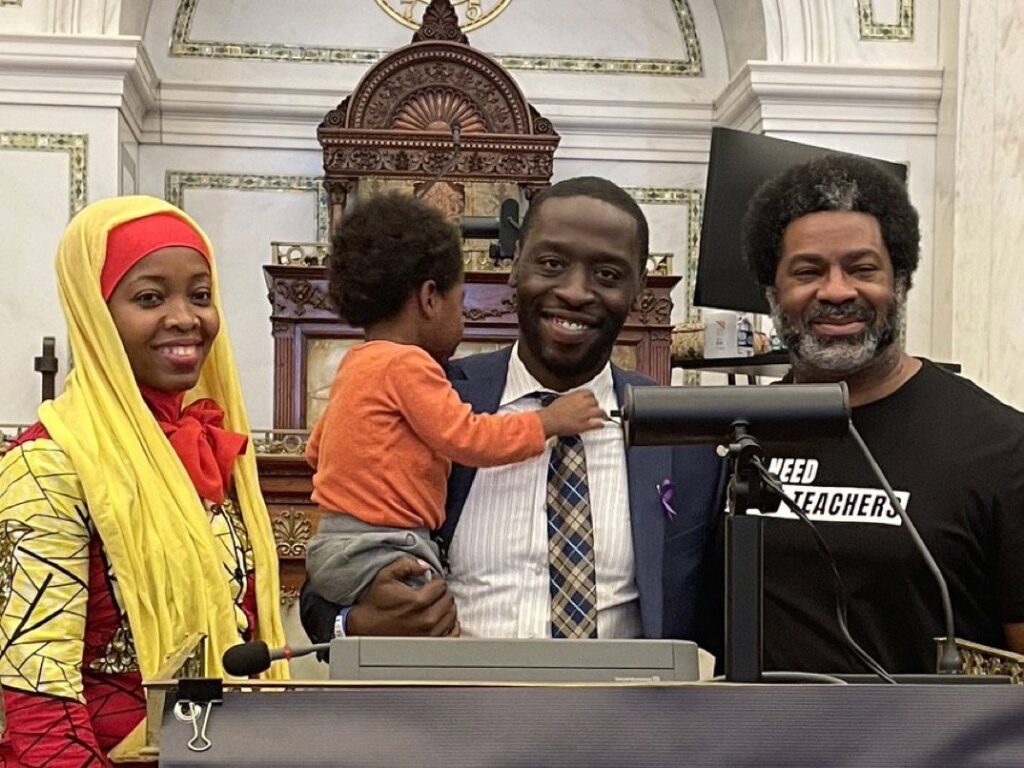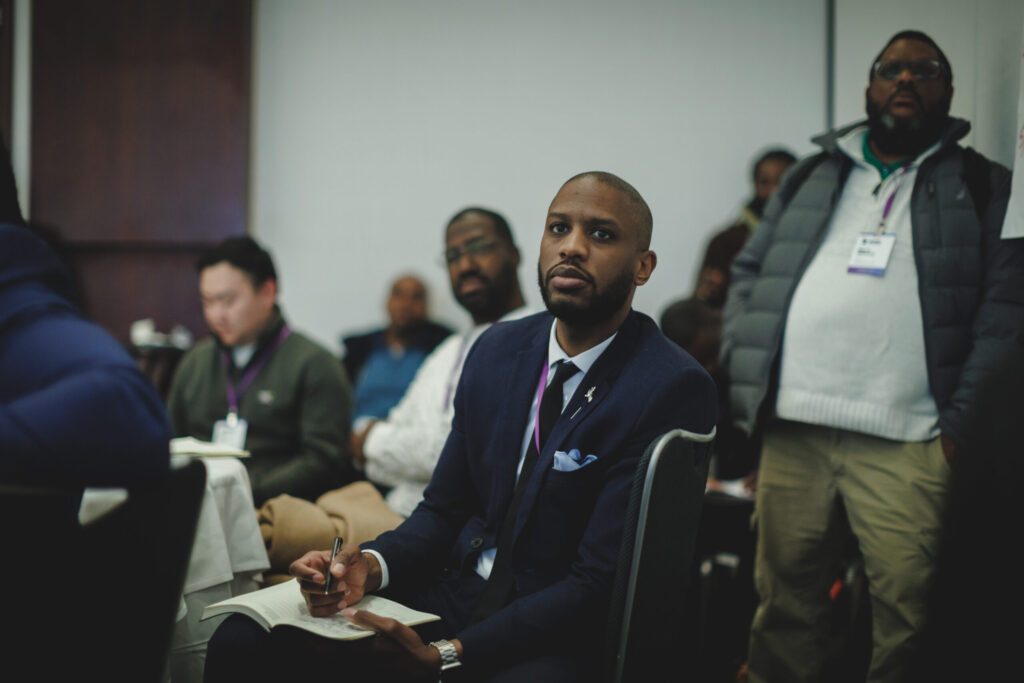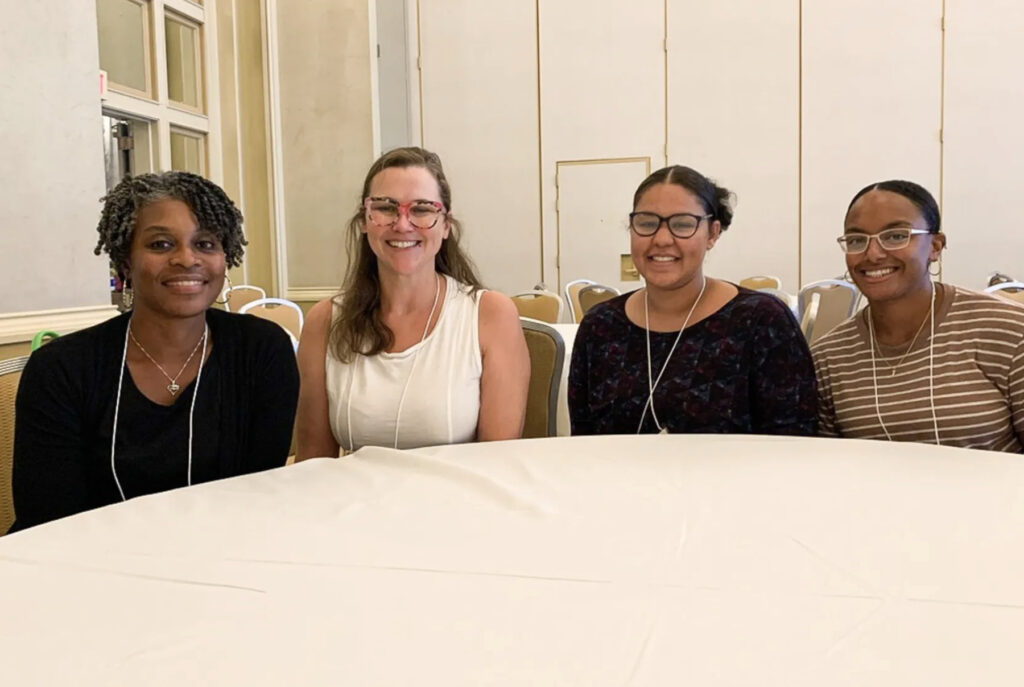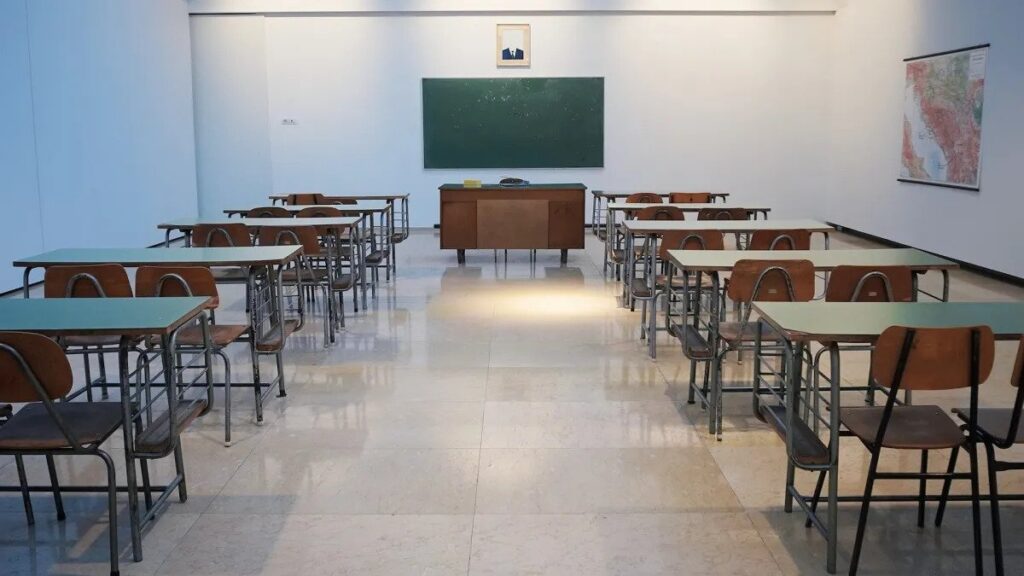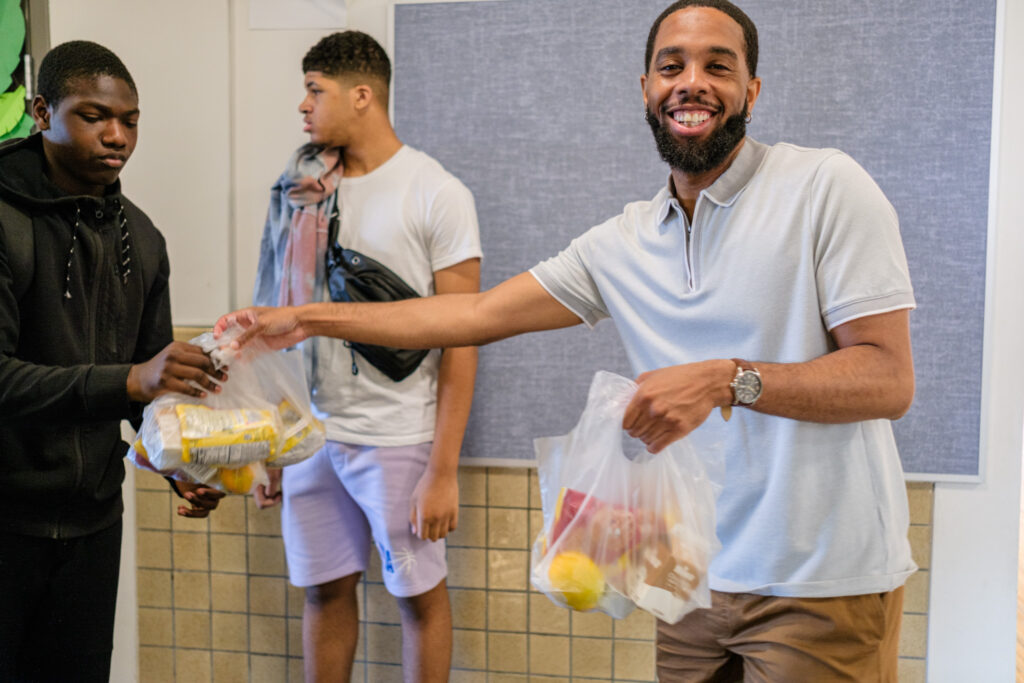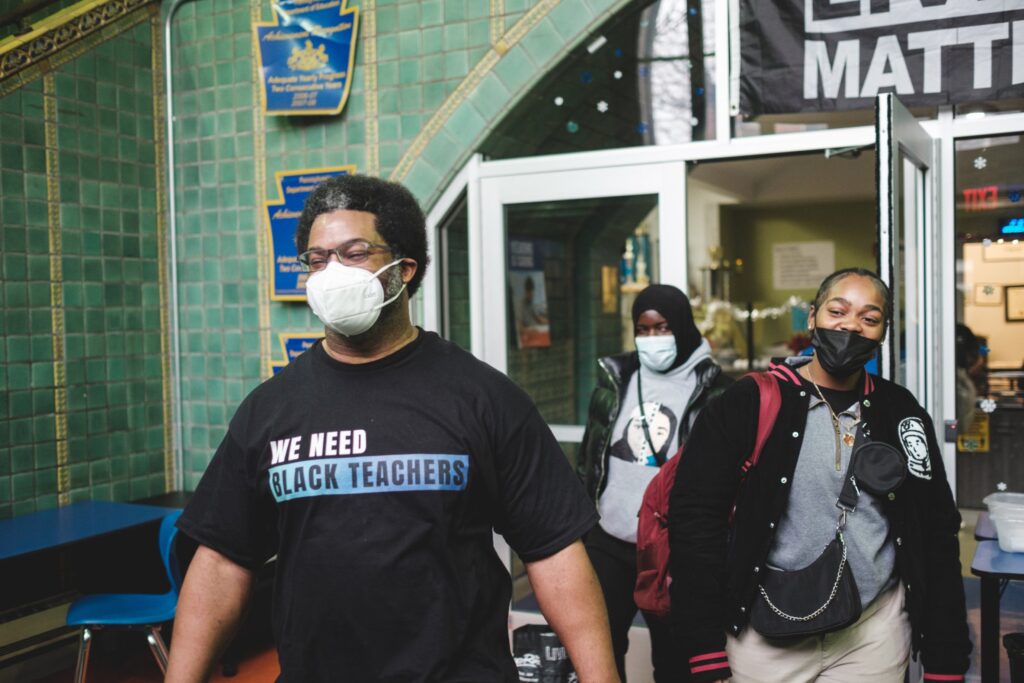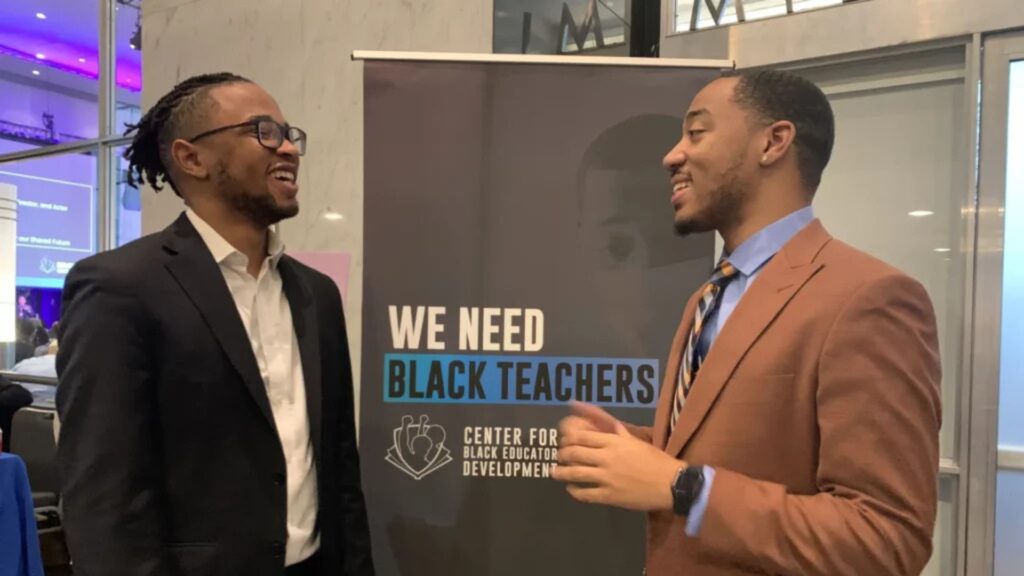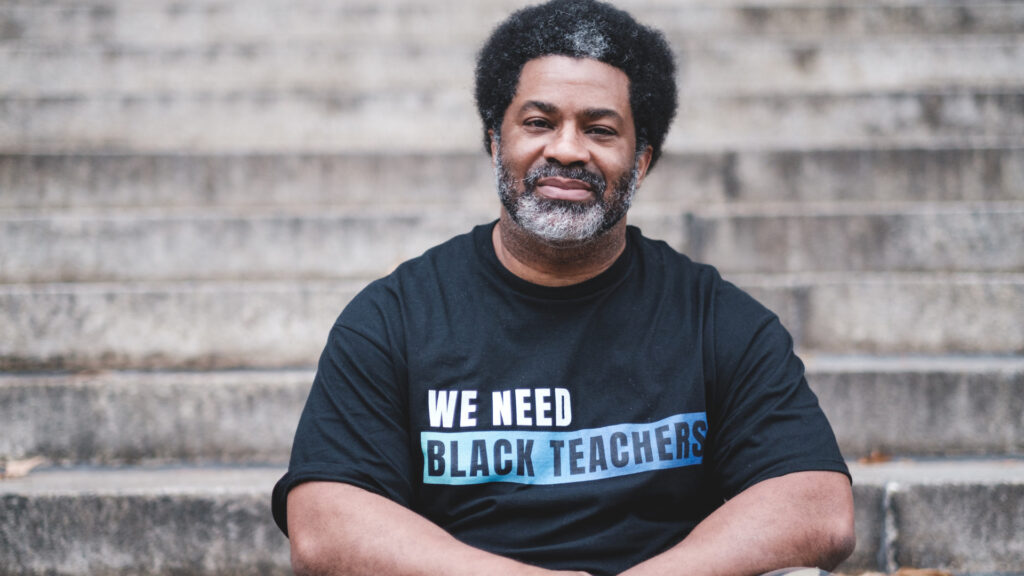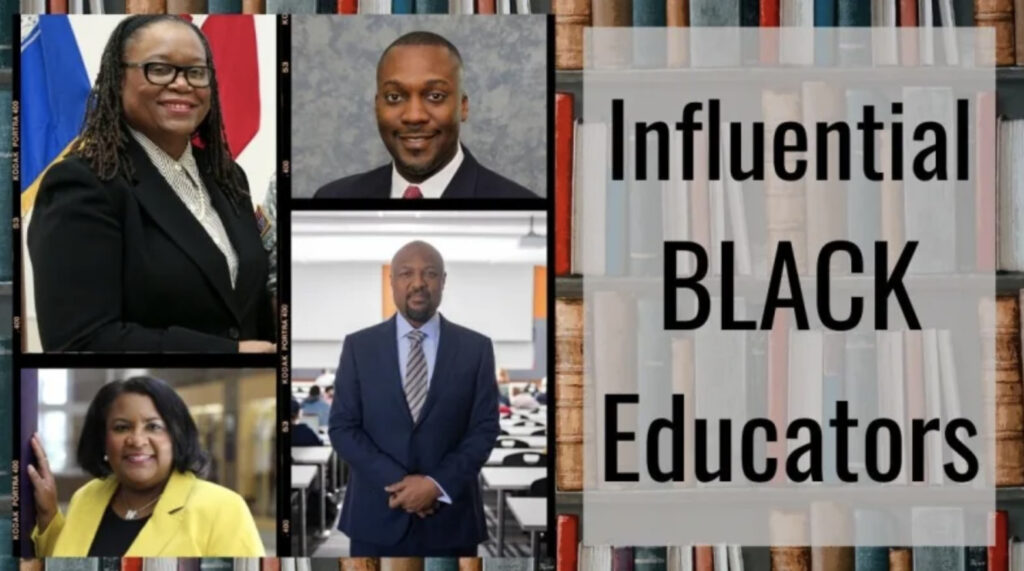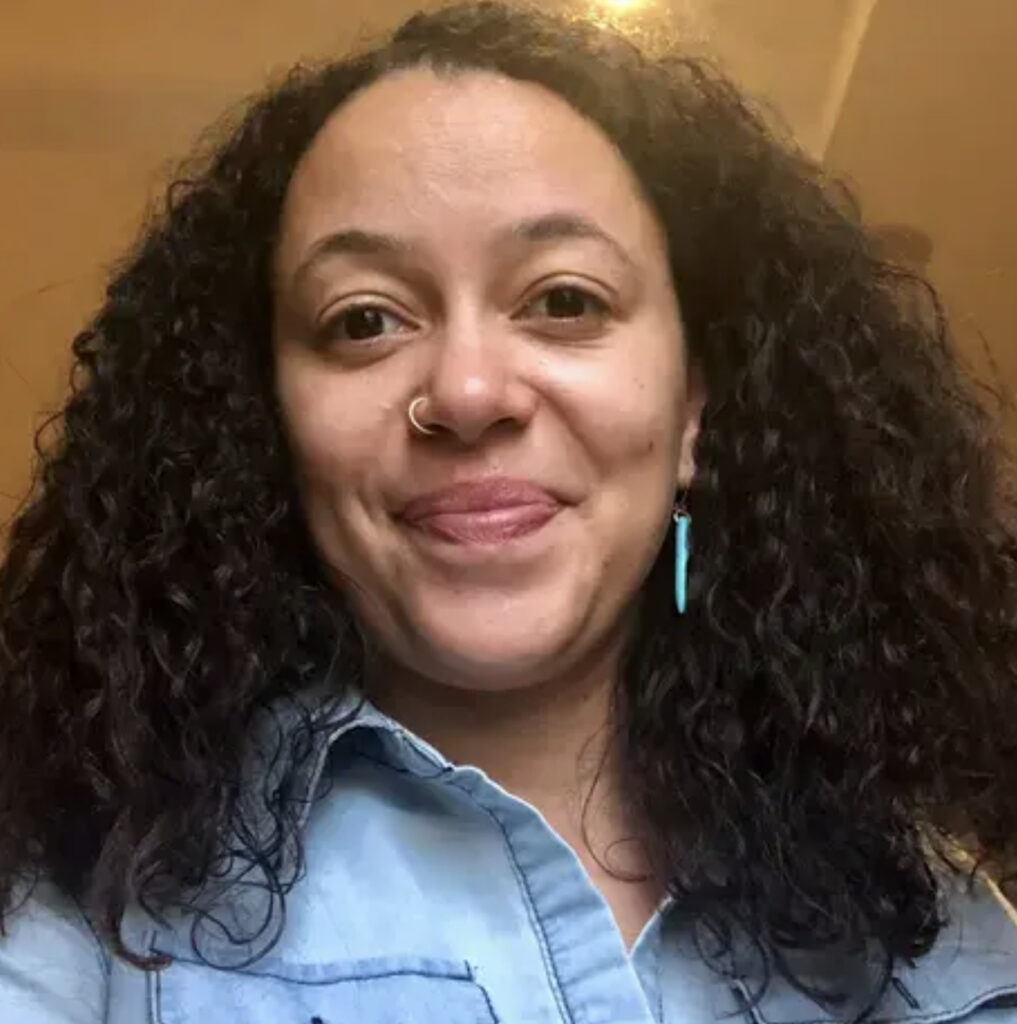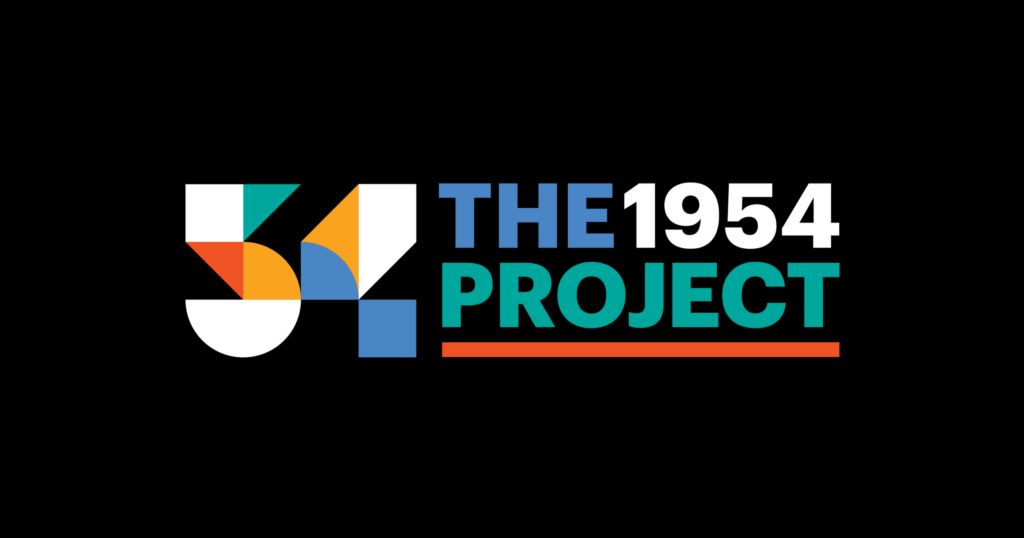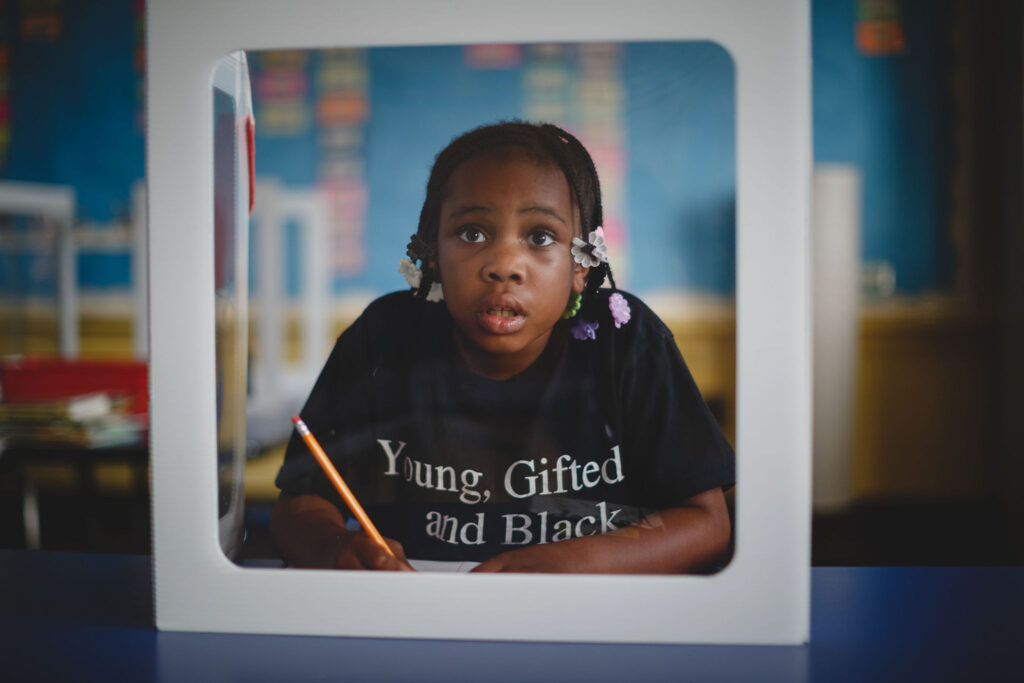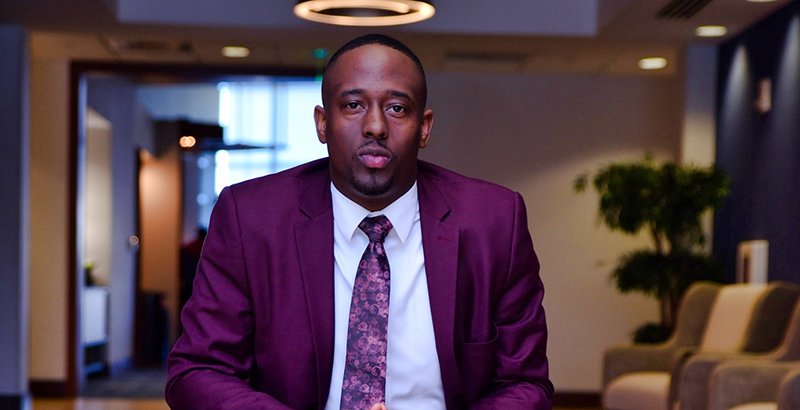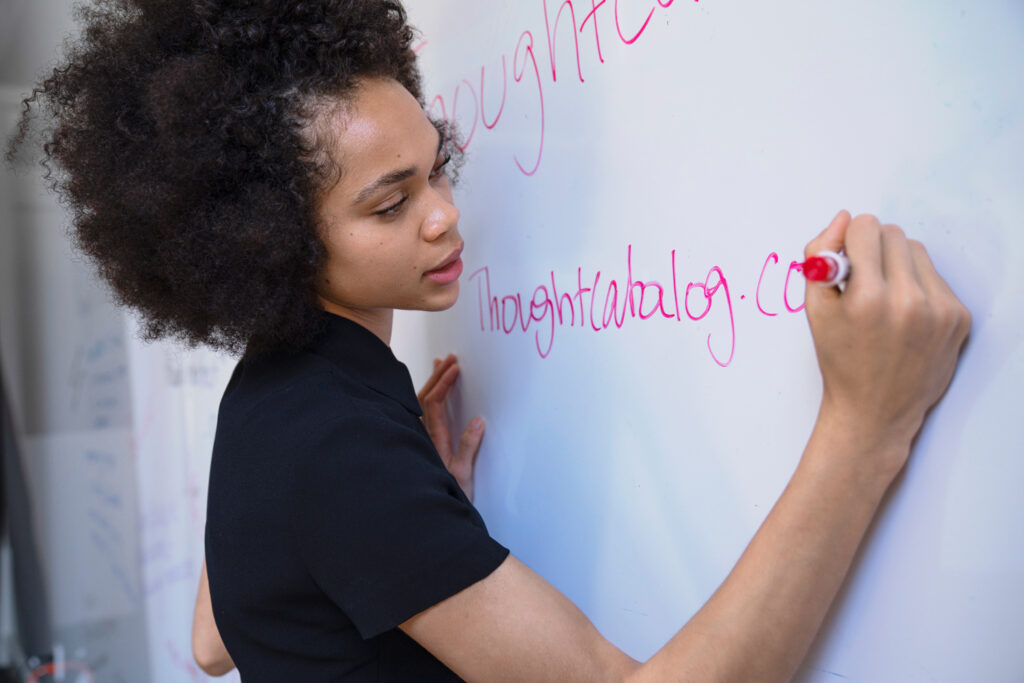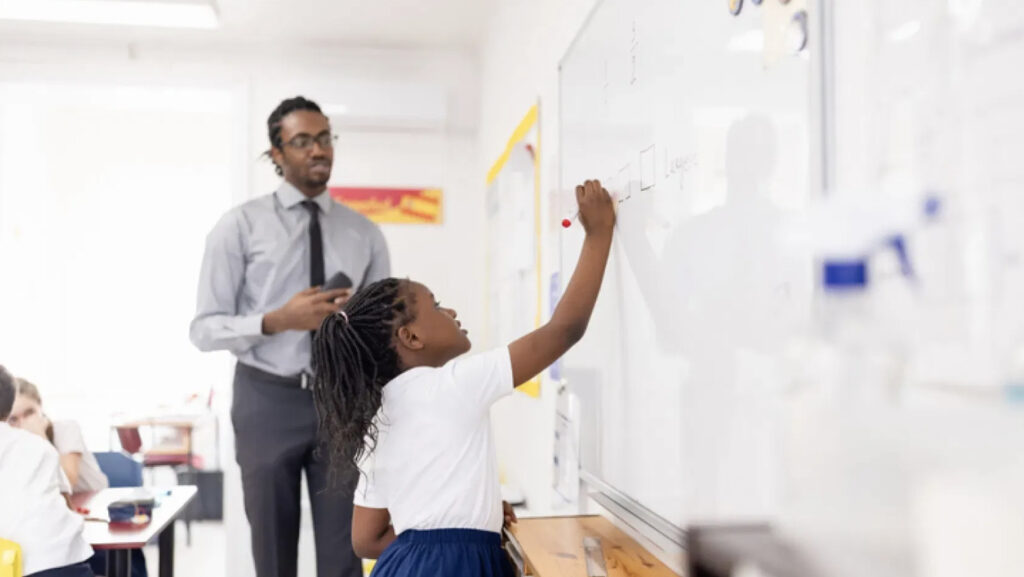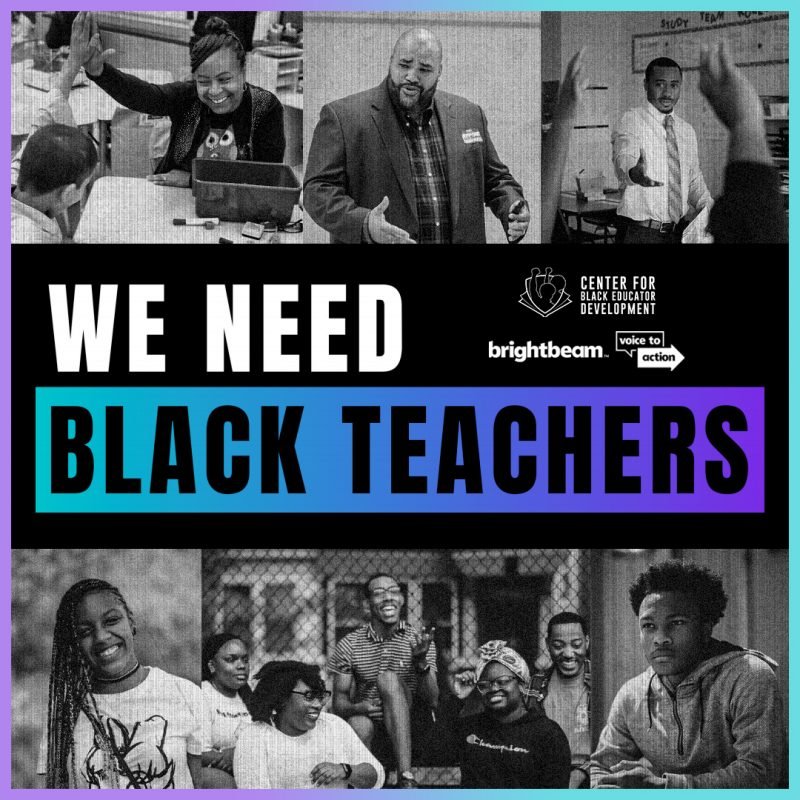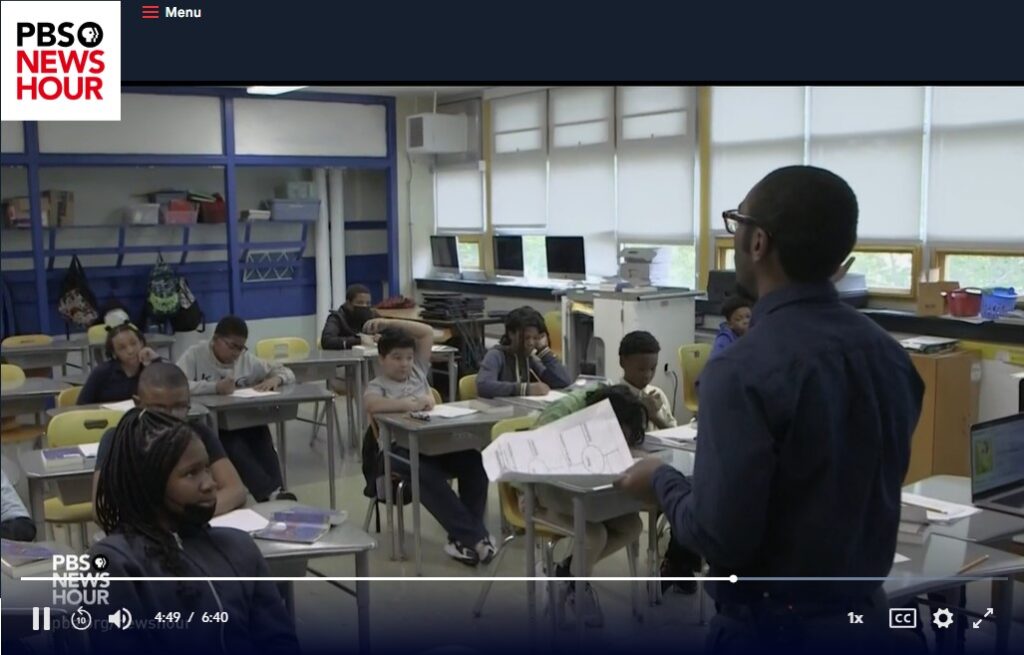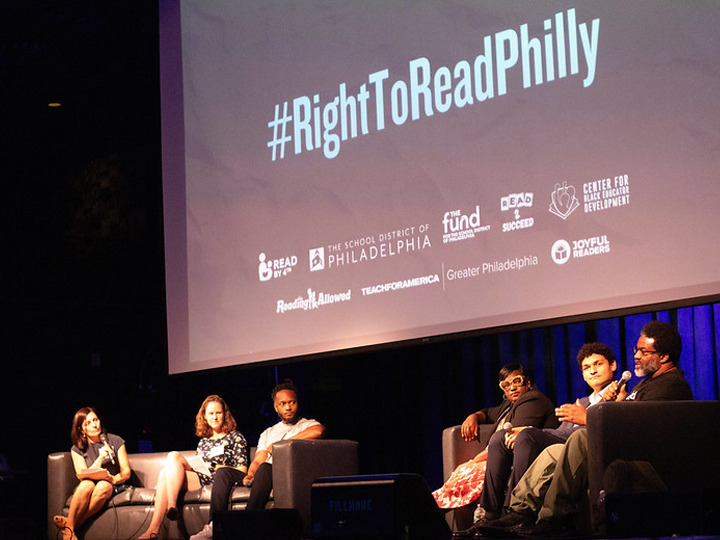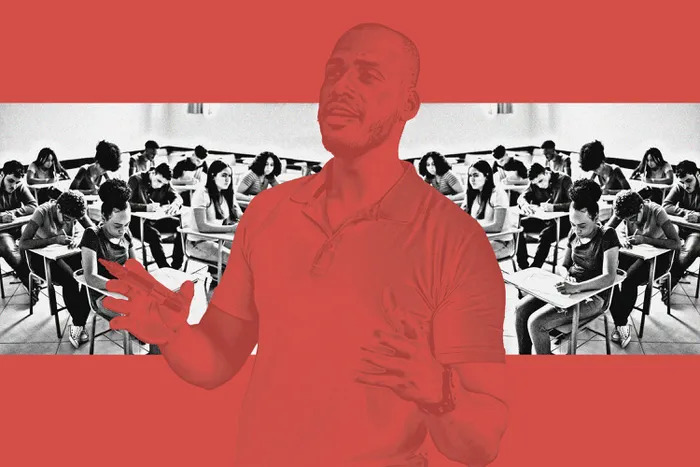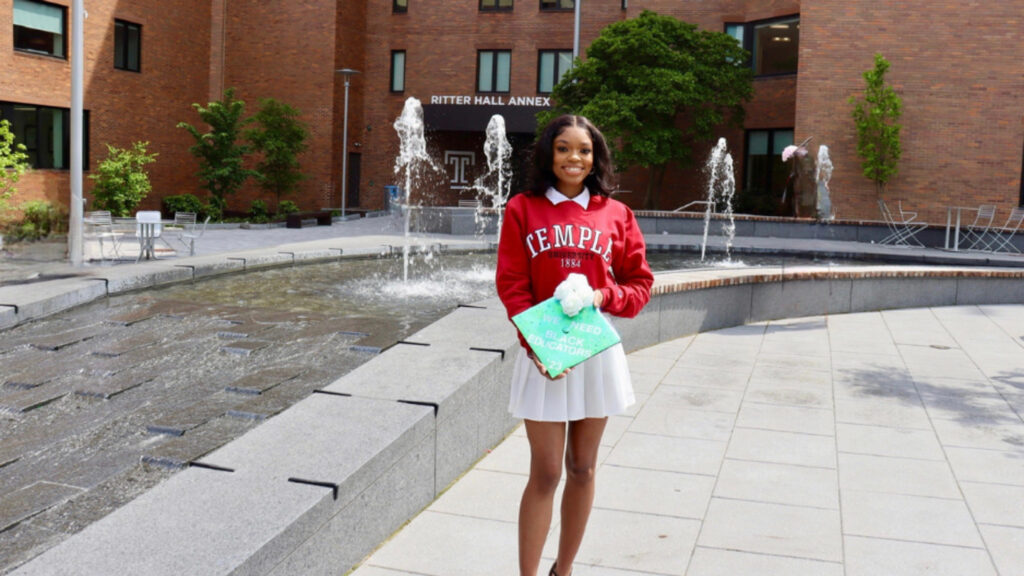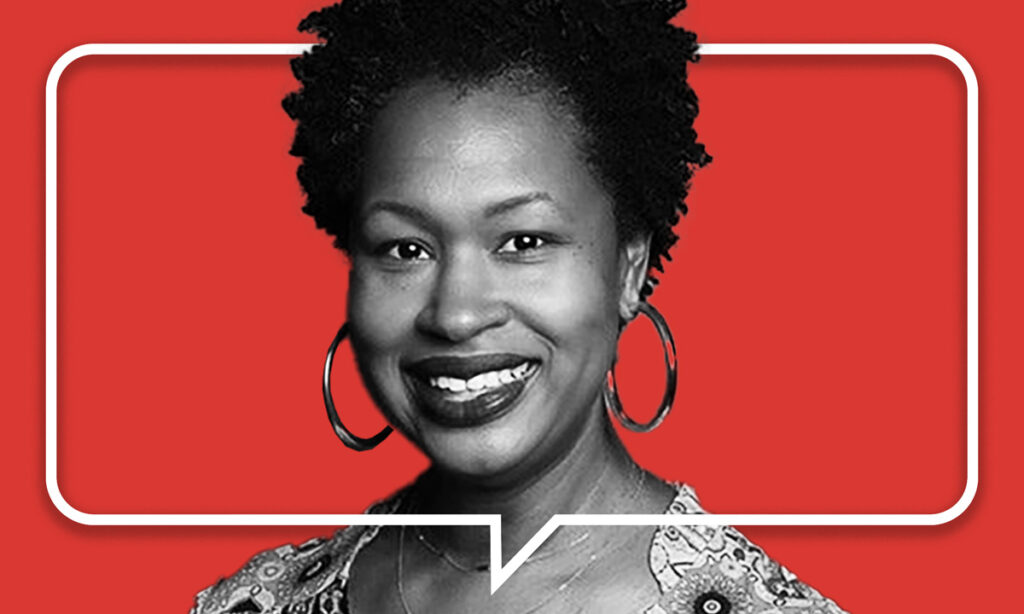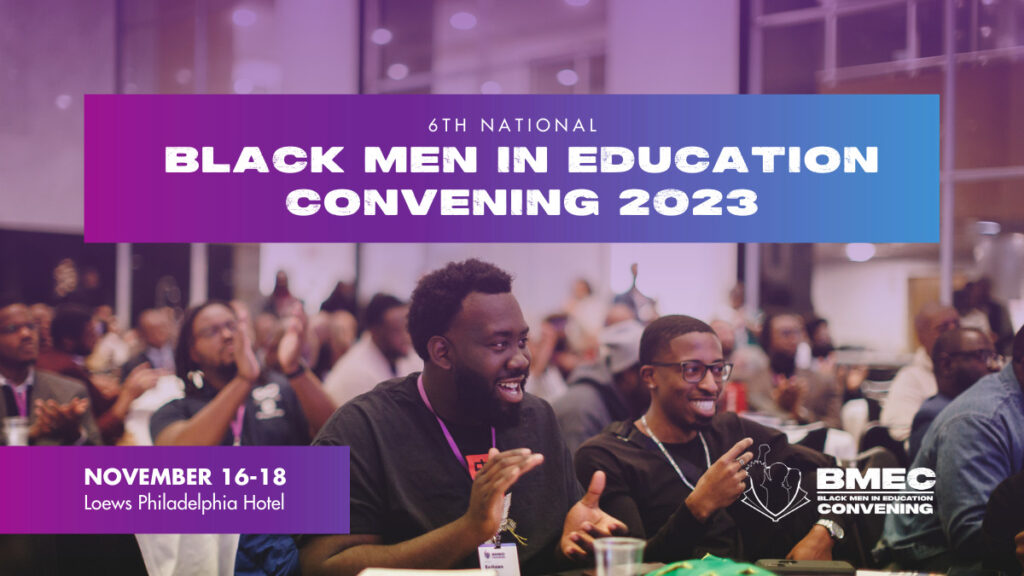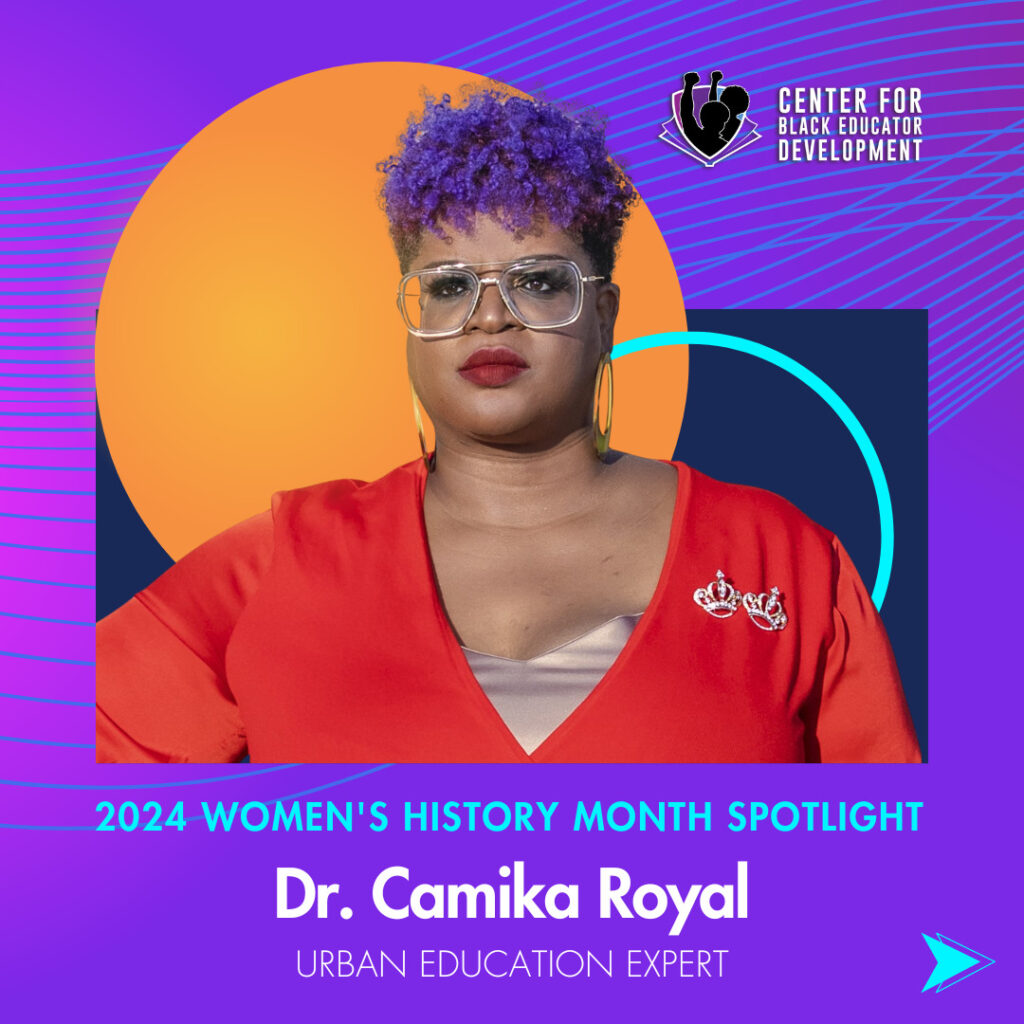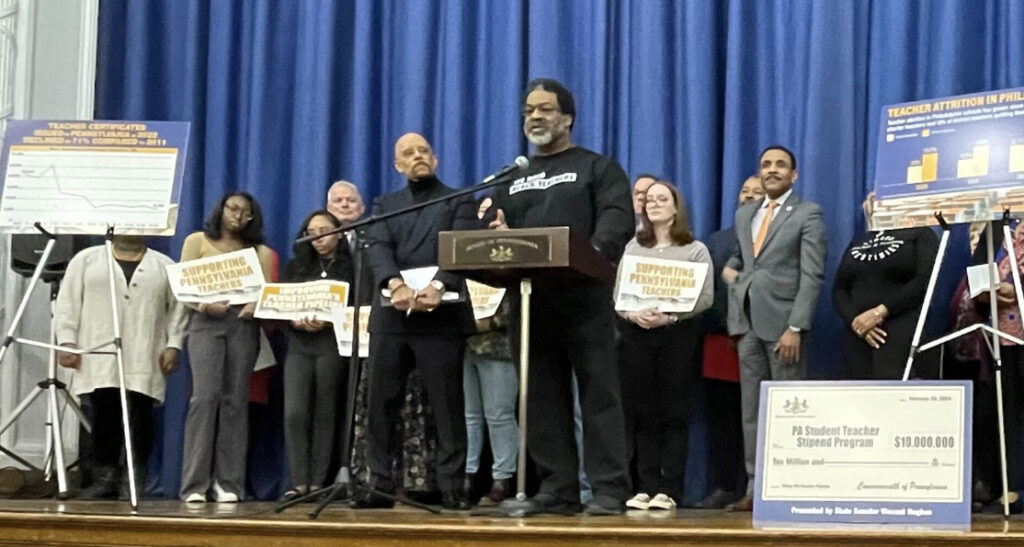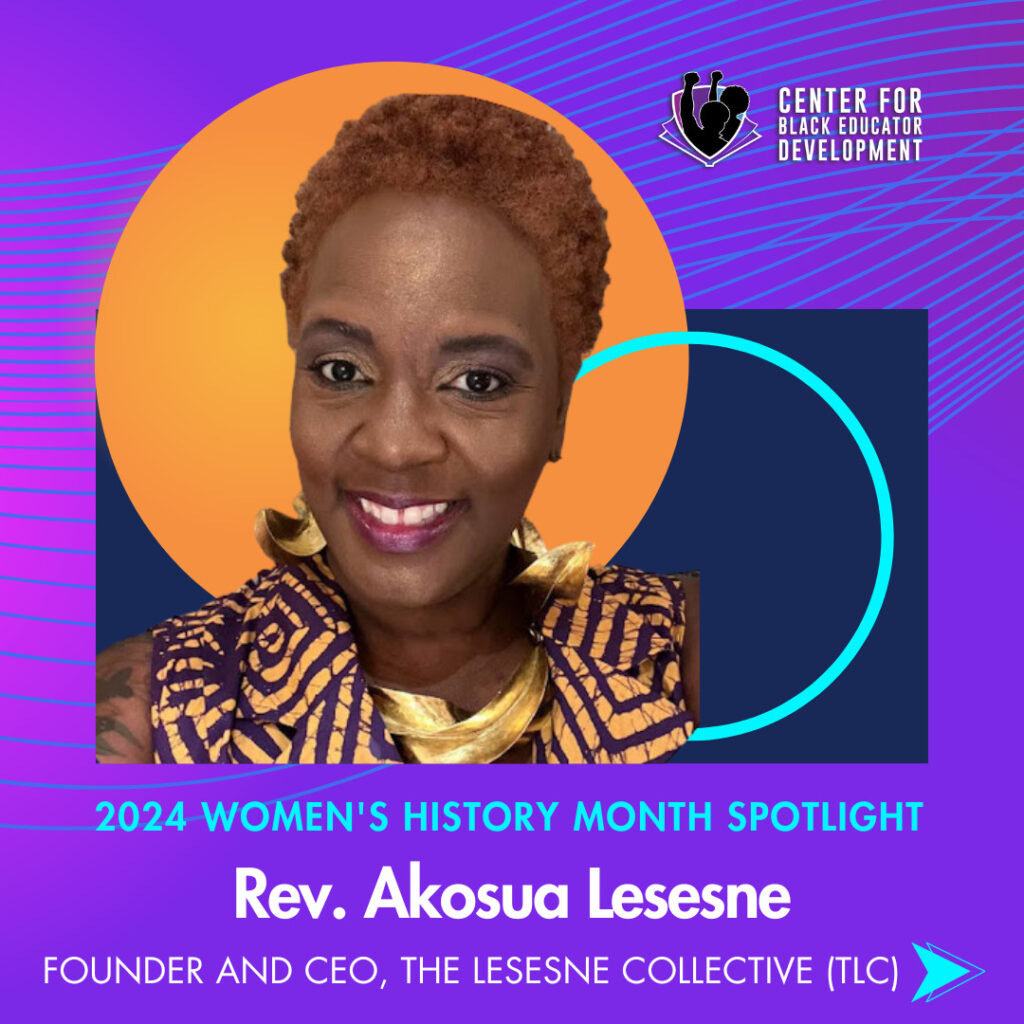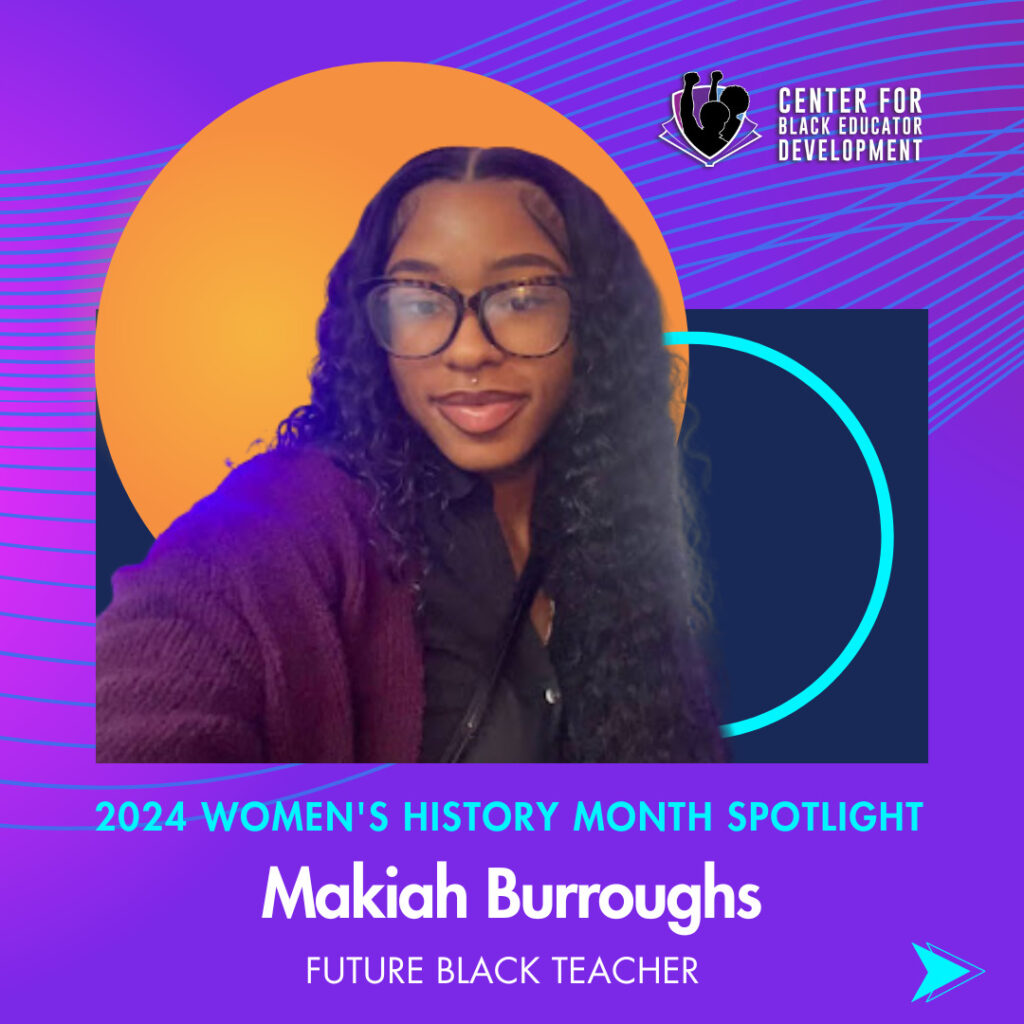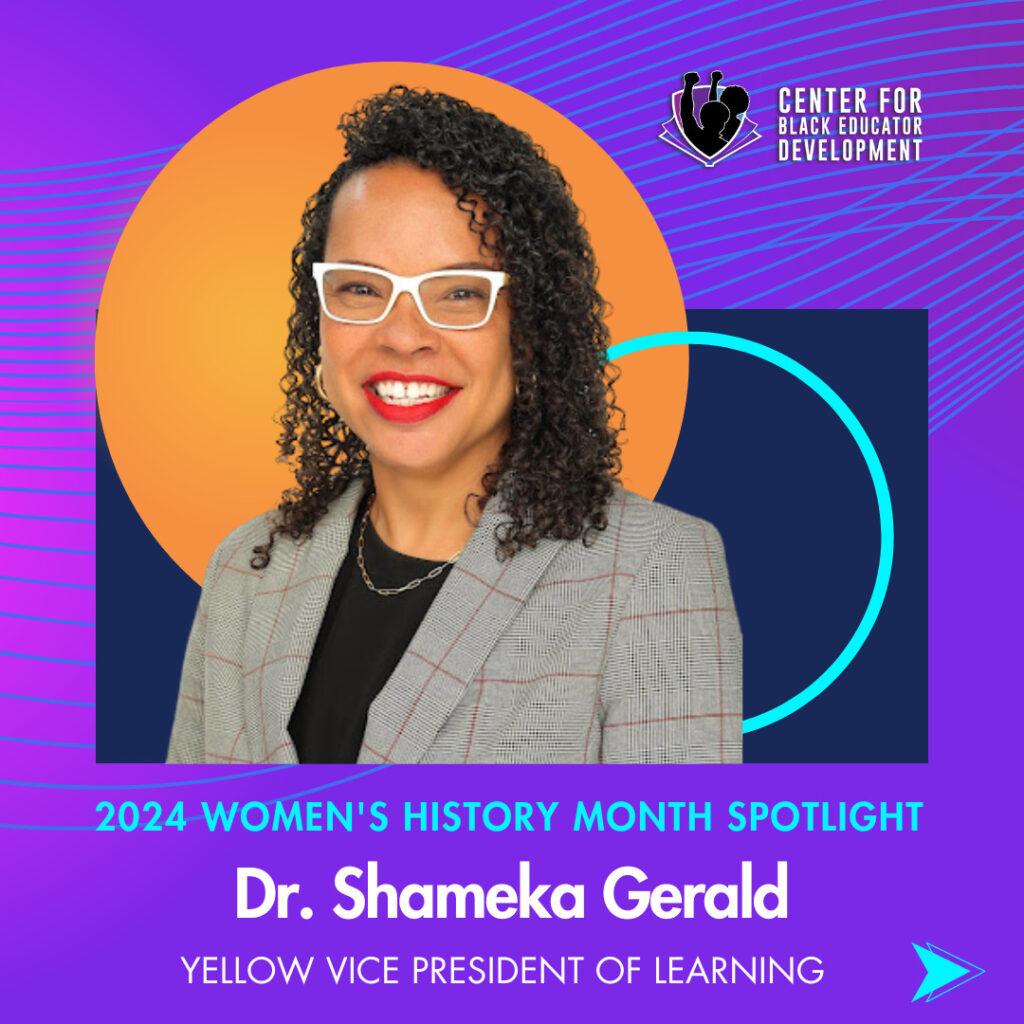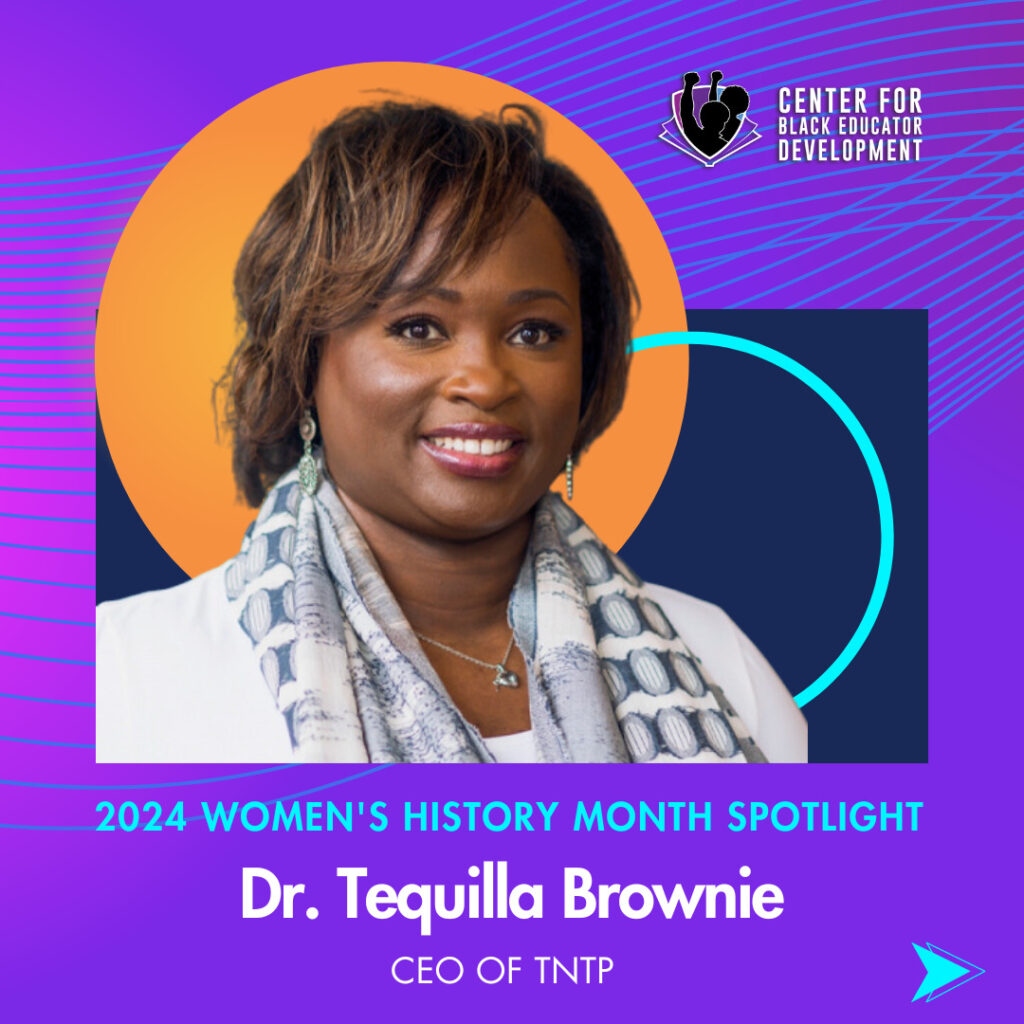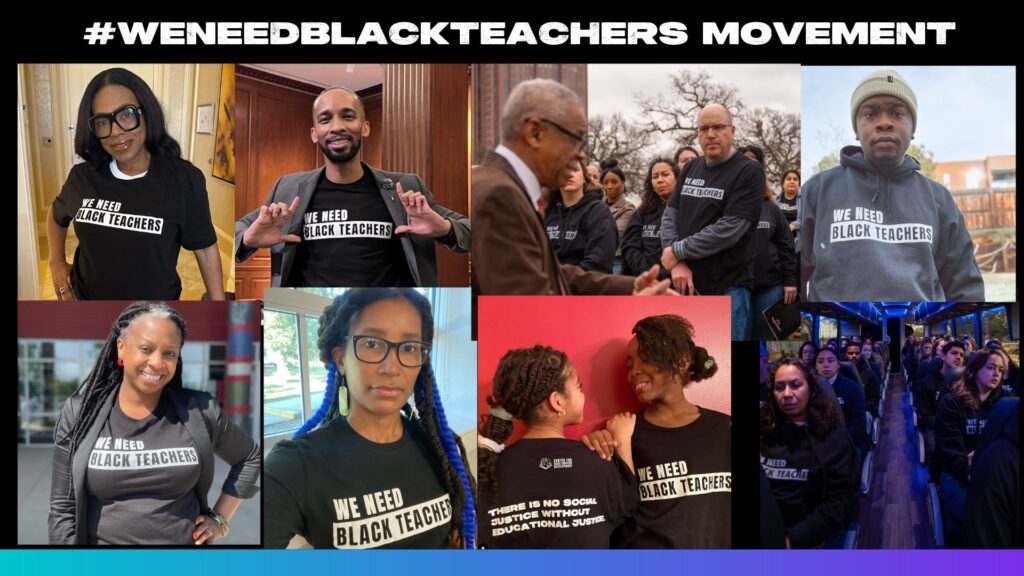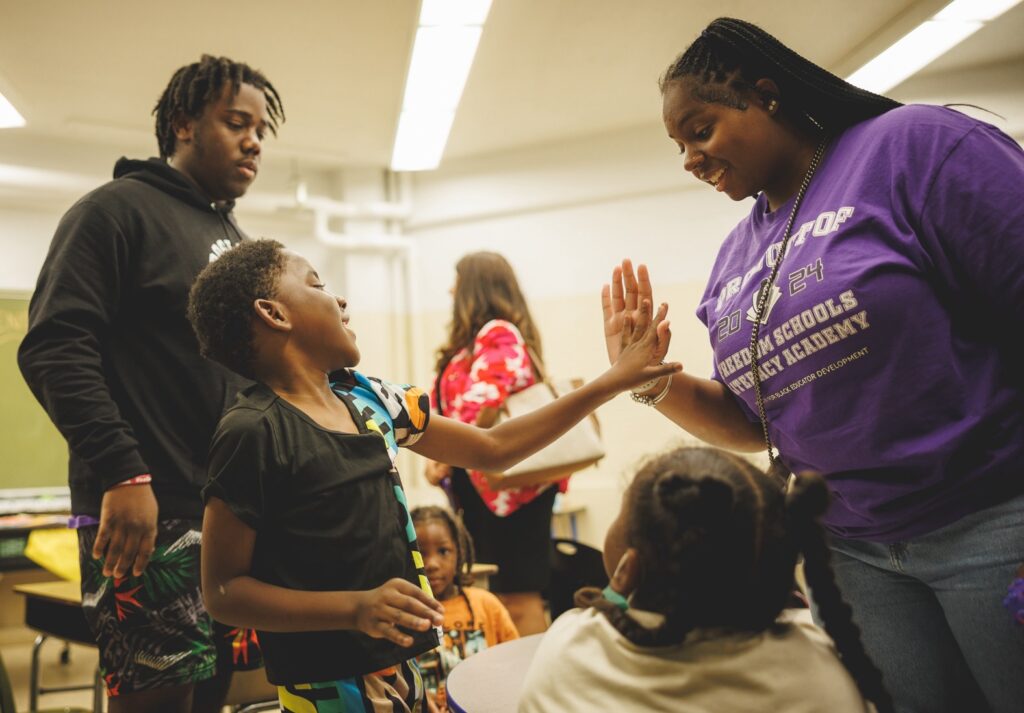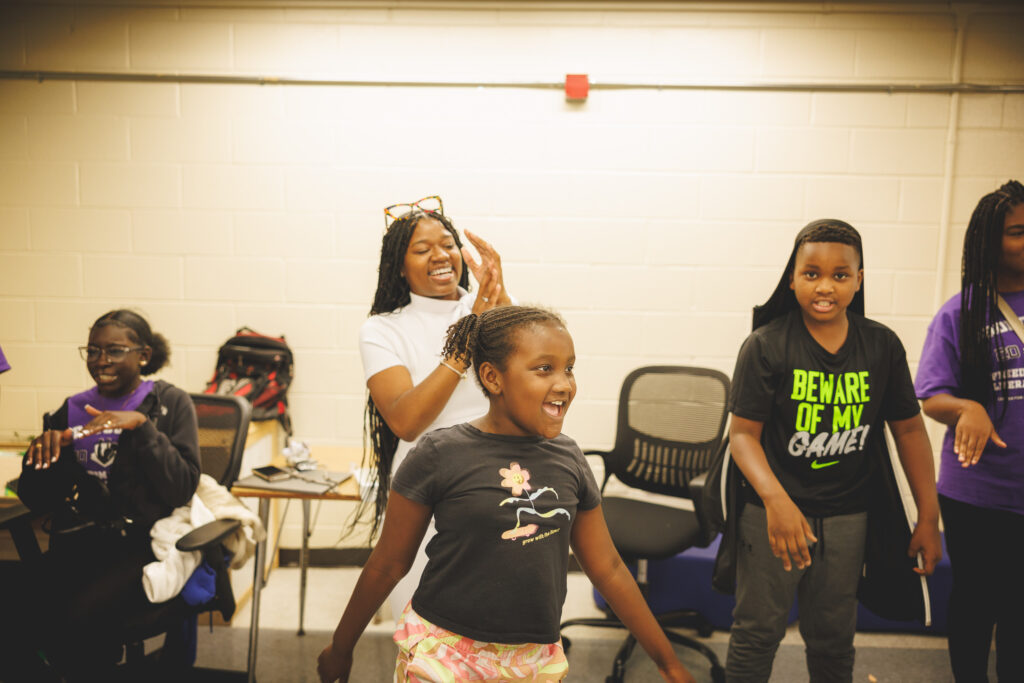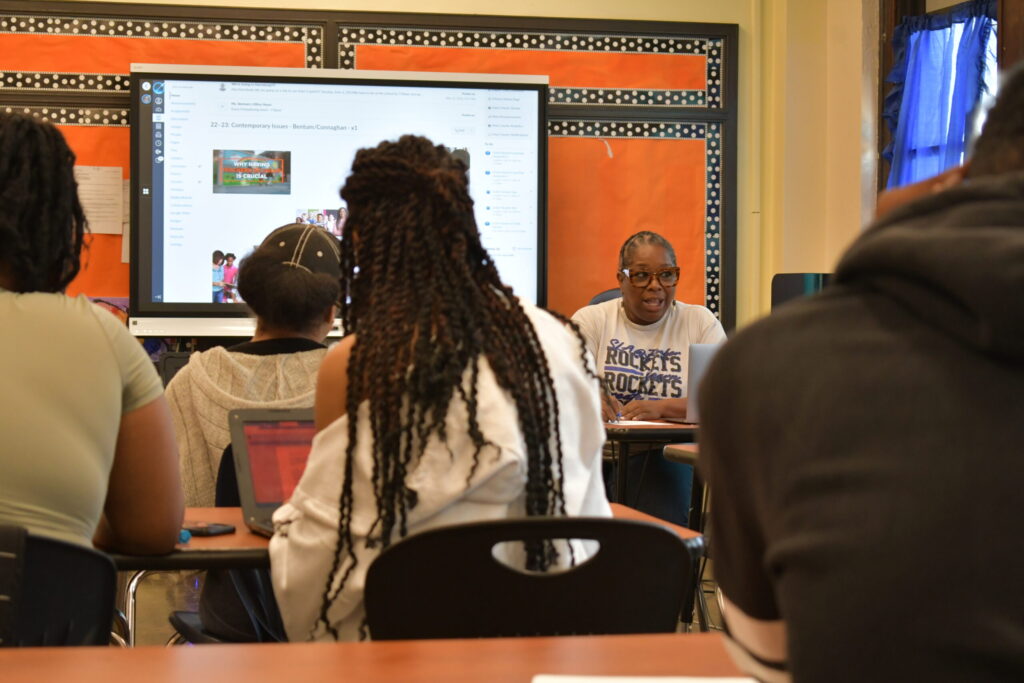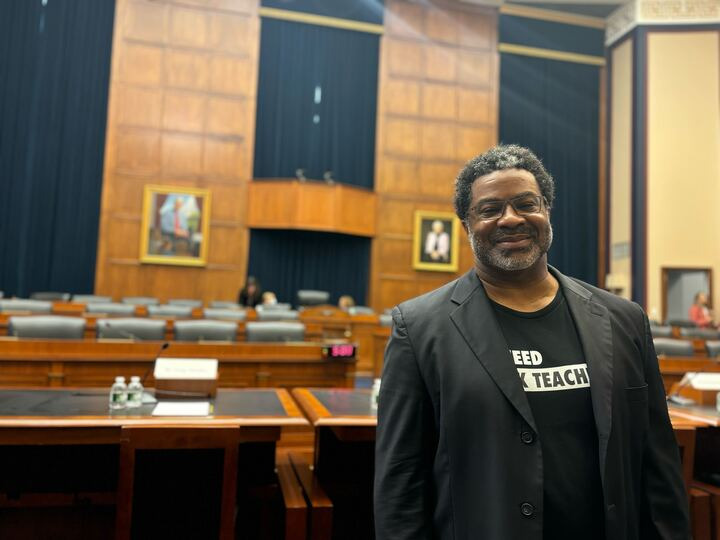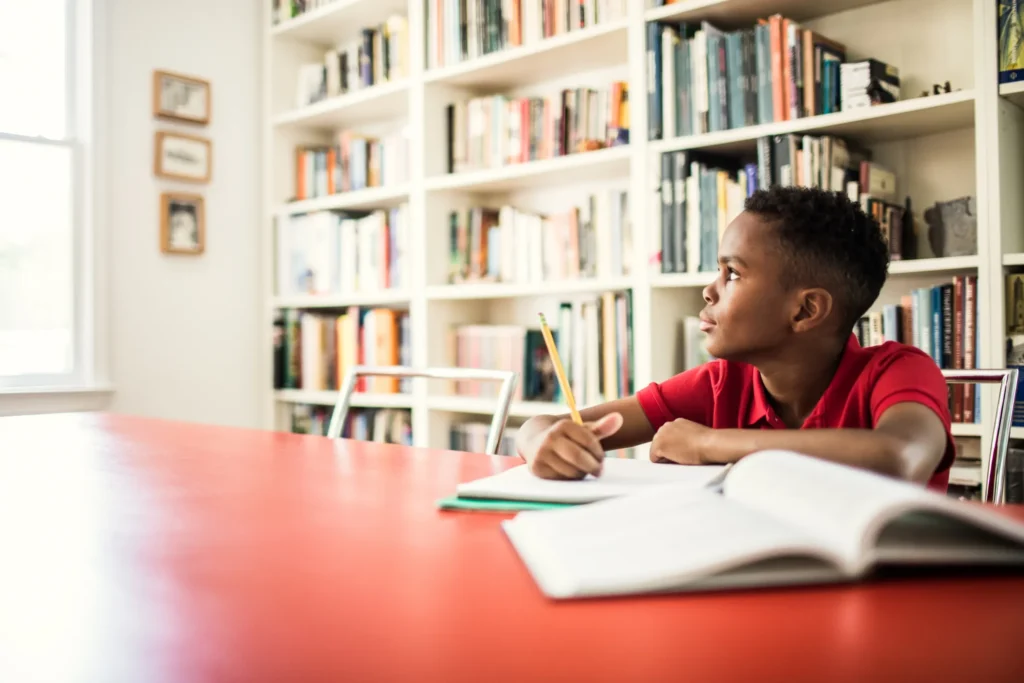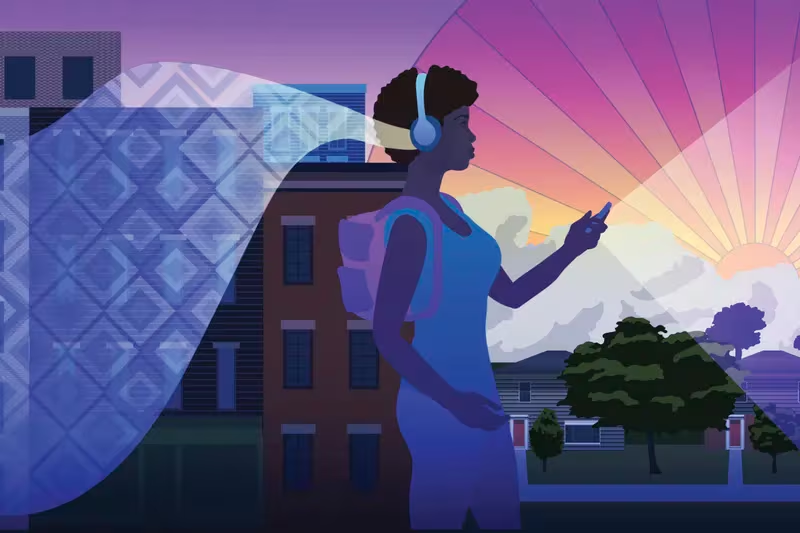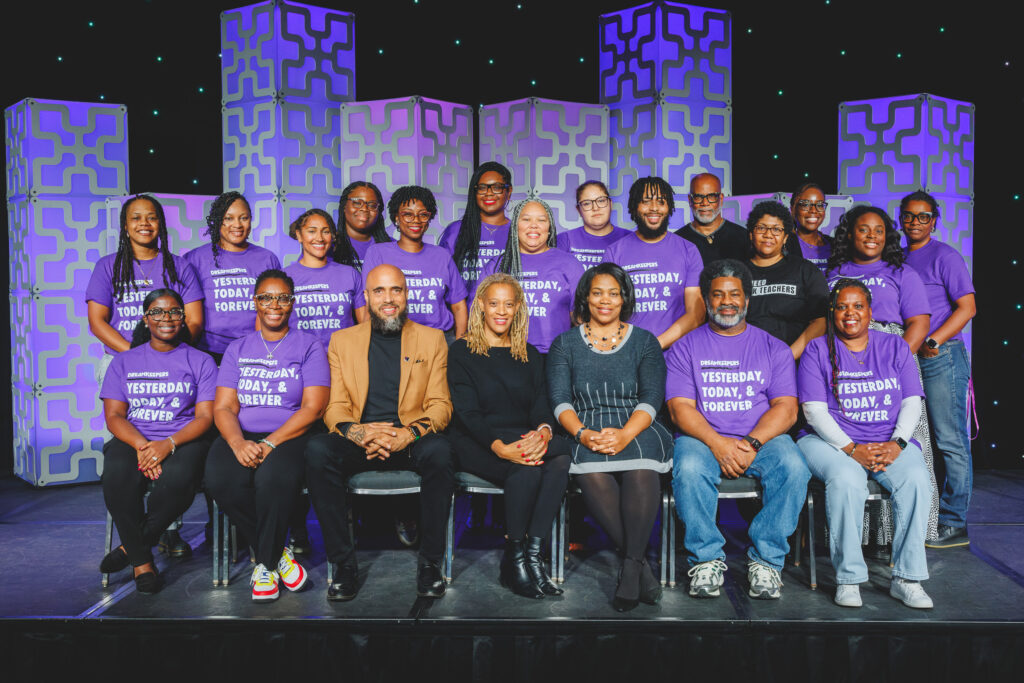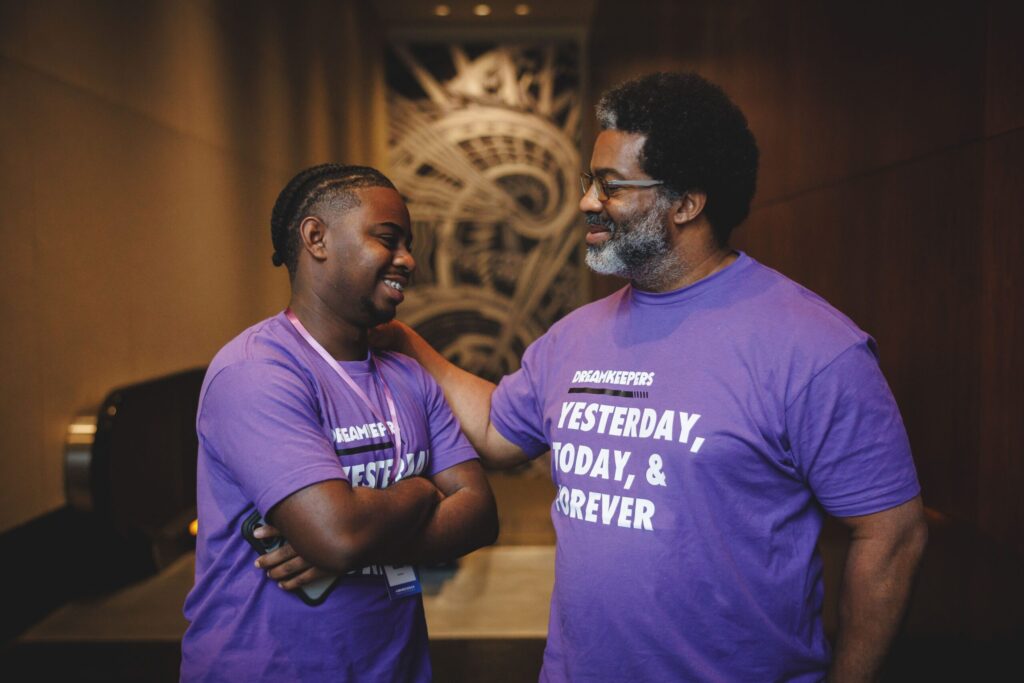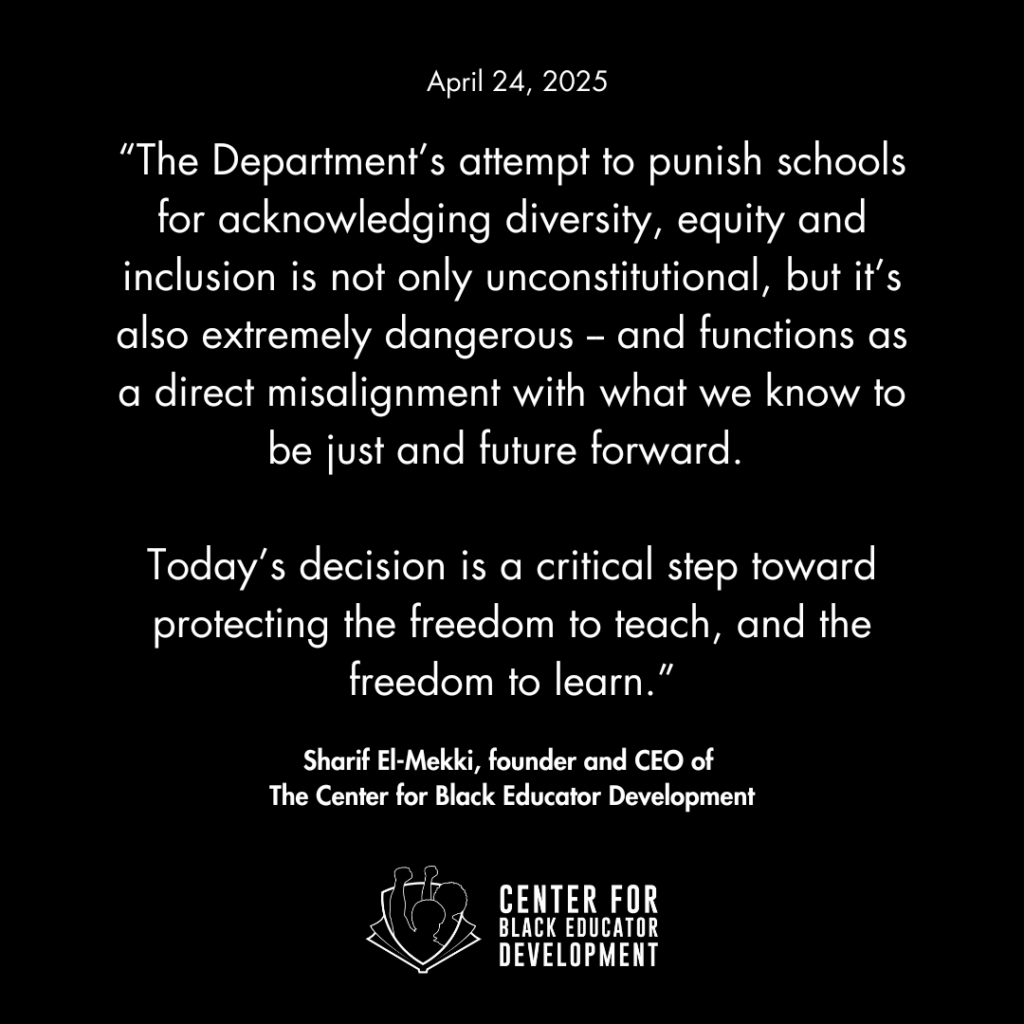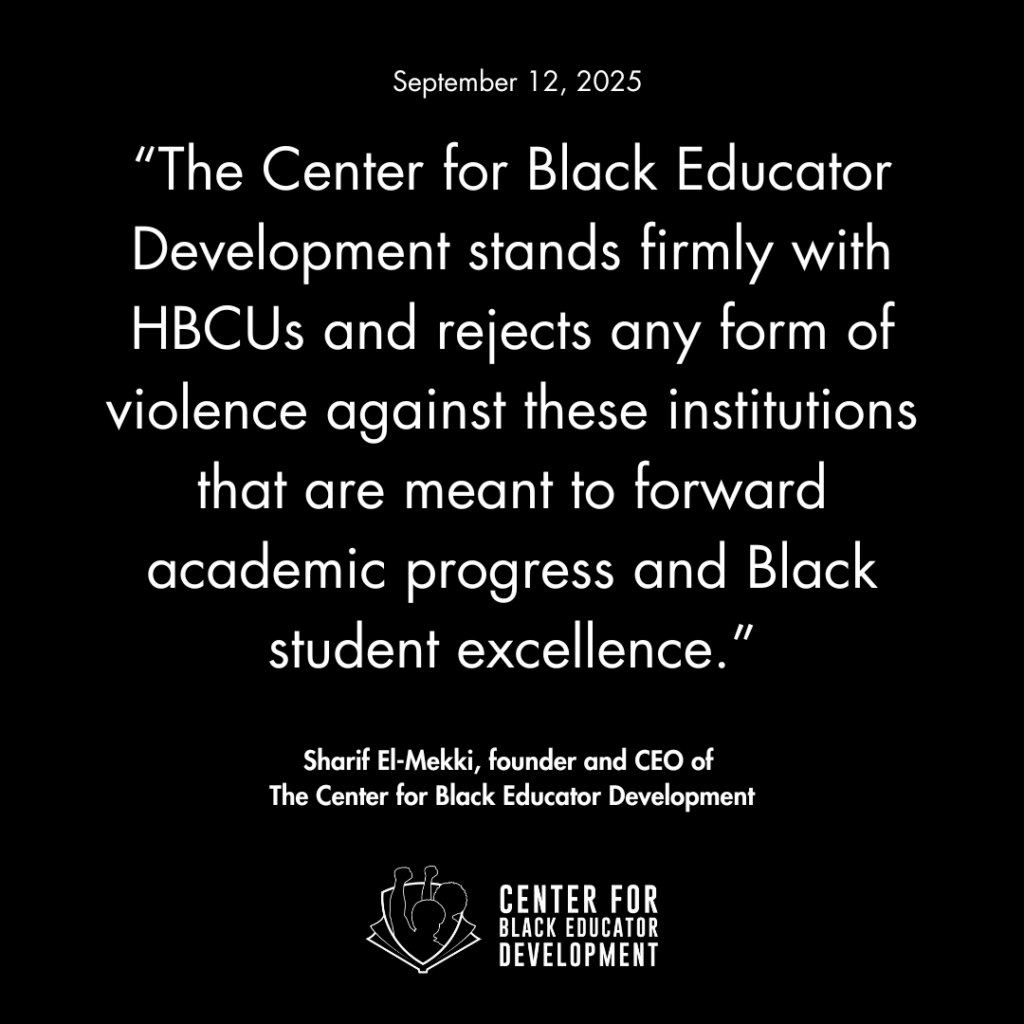Study Confirms: White Educators Harming Black Girls With Biased Discipline
By: Sharif El-Mekki
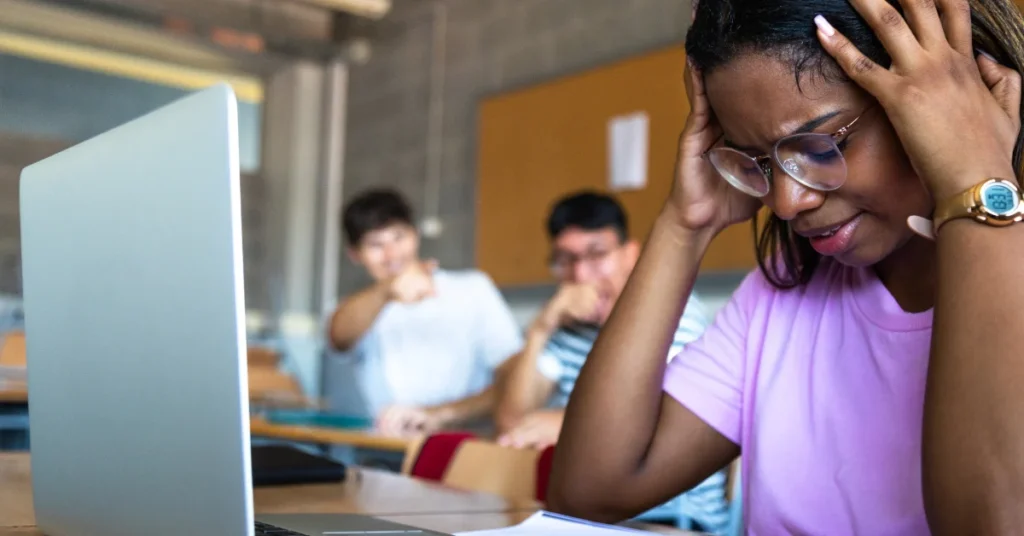
A Black child will have a fundamentally different schooling experience than their white peers. A new federal report shows that bias in the daily experience of school for Black girls is profoundly punitive and damaging.
Black children attend schools that are comparatively under-resourced by billions of dollars annually. That reality, along with economic disparity, lack of access to quality health care, housing, and various social inequities, are well-established, visible, and broadly acknowledged headwinds facing Black youth.
And yet those conditions that materially disadvantage Black youth are not the full picture. Bias inside classrooms, within the halls and walls of school buildings from coast to coast, is a first-order challenge for Black boys and girls. The bias that Black children experience in schooling is widespread, starts early, and shapes life outcomes.
New data from no less authoritative source than the United States General Accountability Office shows that Black girls, in particular, are paying an exacting toll for the sin of societal prejudice. The report, succinctly titled Nationally, Black Girls Receive More Frequent and More Severe Discipline in School than Other Girls, describes, in 85 pages of detail, the biased and disparate treatment that Black girls endure in our public schools.
The study, undertaken at the request of Representative Ayanna Pressley and former Speaker of the House Nancy Pelosi, confirms what Black communities have long known: biased perception of the actions and existence of Black children is real and powerful. That powerful bias, shaping experiences and outcomes as small as classroom interaction and as big as law enforcement action, amounts to, as Representative Pressley rightly called it in comments to National Public Radio, “a crisis of criminalization” for Black girls.
“Black girls comprised 15 percent of all girls in public schools but received almost half of suspensions and expulsions,” the report states. That disparate impact amounts to an exclusionary discipline rate for Black girls of 3 to 5.2 times greater than for white girls.
Perhaps most tellingly, analysis of the data collected during the 2017-2018 school year by GAO found that Black girls receive “harsher punishments than white girls even when the infractions that prompted were similar,” including “defiance, disrespect, and disruption.”
Defiance. Disrespect. Disruption. Those terms contain multitudes. These three words convey entire worlds, whole lifetimes, countless generations of the lives and loss of Black girls and women. The “angry Black woman” stereotype is so ingrained in the collective psyche of white America that it profoundly shapes the academic trajectories of Black young girls.
A lack of cultural competency in a workforce of primarily white teachers doesn’t just restrain the academic progress of Black girls; it also results in those teachers projecting motive into the behavior of Black girls that yields a frequently punitive response.
In the groundbreaking study, “Girlhood Interrupted: The Erasure of Black Girls’ Childhood,” researchers Rebecca Epstein, Jamilia J. Blac, and Thalia González at the Georgetown Center on Poverty and Inequality found that Black girls are seen as “less innocent and more adult-like” than white girls. The researchers found that Black girls as young as five years old are seen as needing “less nurturing and less protection,” need to be comforted and supported less, and know more about sex and other adult topics.
The suspicion of Black women and girls and the disbelief that they face plays out to deadly ends. A Black woman is less likely to be believed by doctors when she is in pain and more likely to face prosecution when she has a miscarriage or parenting challenges.
It’s that harsh, cold disposition of adults toward Black girls that undergirds the bias that produces disproportionate punishment, the criminalization of Black female youth. And Black girls feel harshness—that gendered, sexualized, and racialized cruelty.
The GAO report finds that Black girls reported feeling less safe than white girls. More than 500,000 Black girls say they don’t feel safe at school. That fear of physical and psychological harm is reasonable. Black women face the highest rates of violent crime victimization of any group nationally.
Black girls deserve schools that see, protect, and nurture them. The GAO report confirms what Black communities have always known: systemic bias in education is robbing Black girls of their childhoods, their confidence, and their futures. We must engage in an honest reckoning of how our schools treat Black girlhood and set about on a deliberate and sustained change agenda.
All of these dynamics compound over time. Fears of harm, punitive experiences, and exclusion from classrooms aggregate across a K-12 experience to reduce the long-term prospects of achieving academic success and personal wellbeing. Until we commit to uprooting these ingrained prejudices and fostering environments that truly serve all children, we will continue to fail generation after generation of Black girls.
